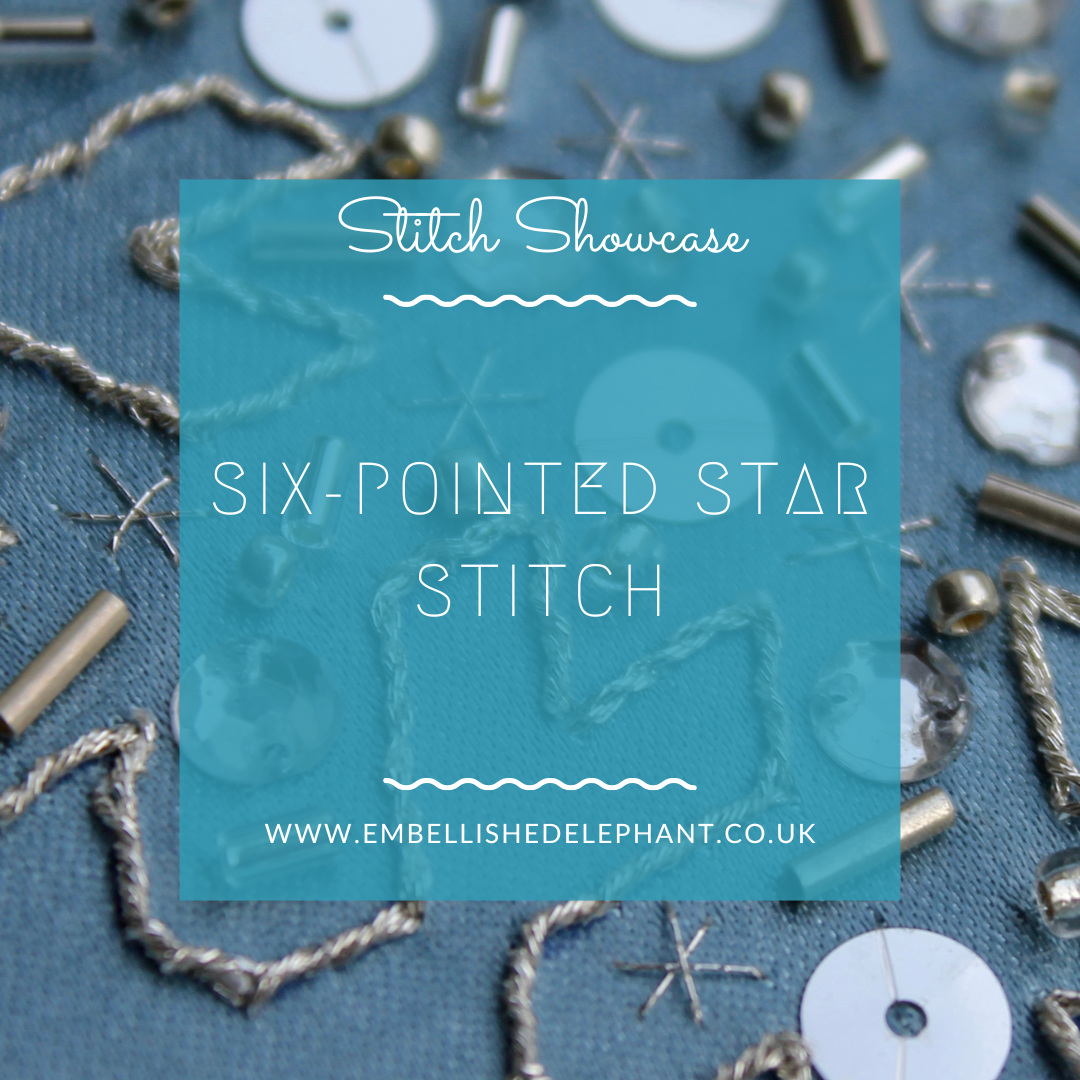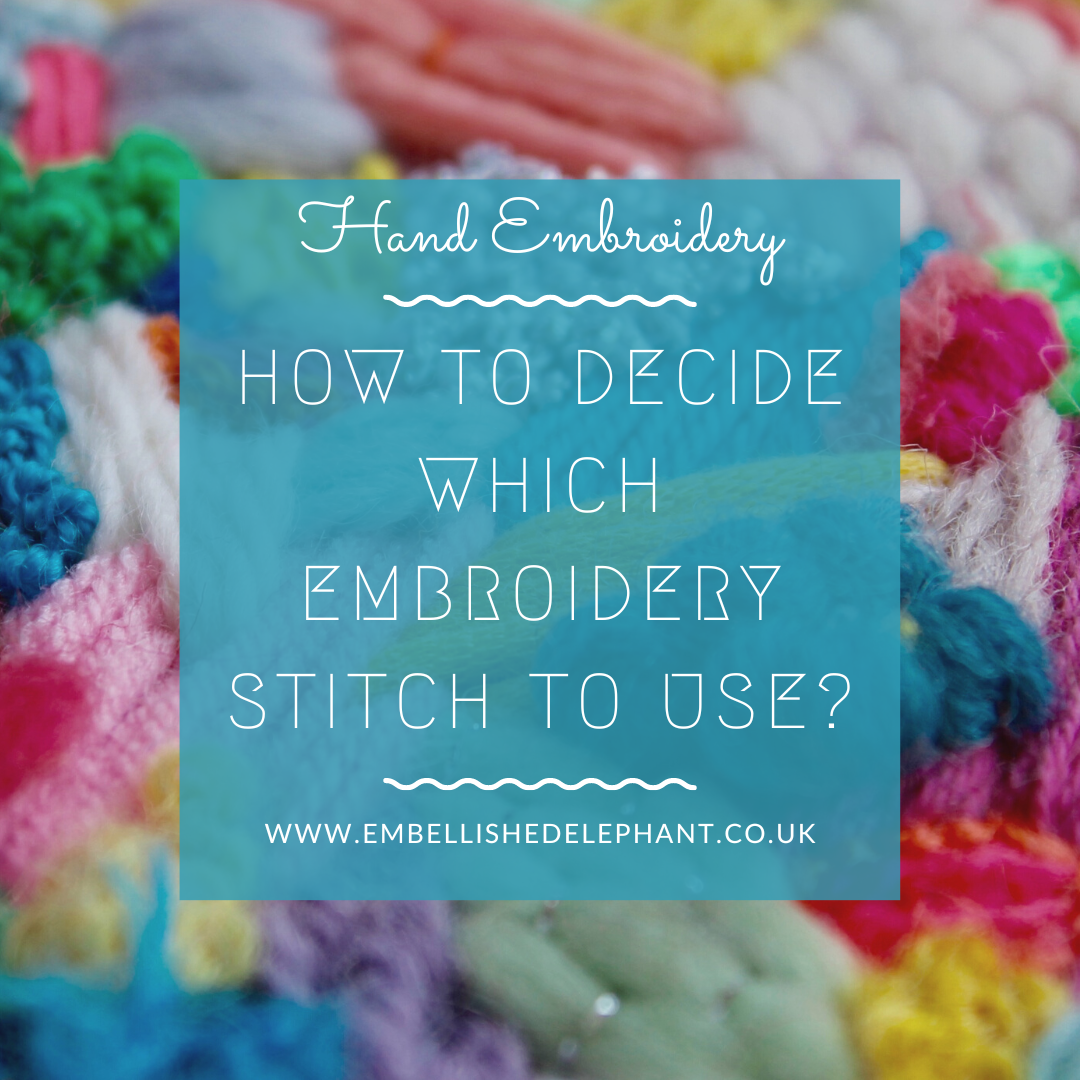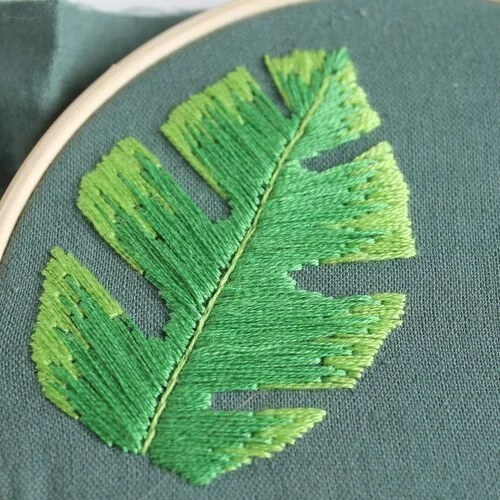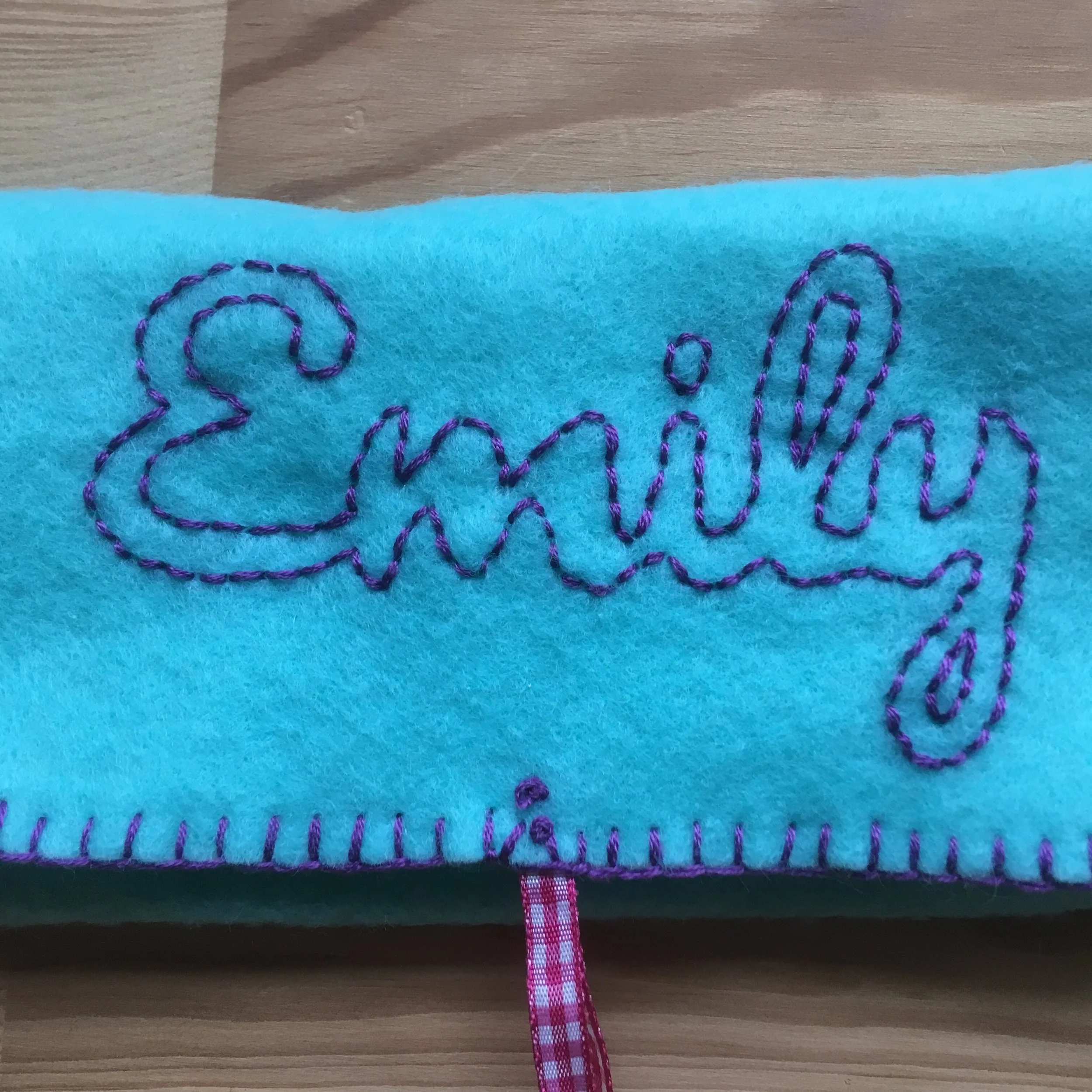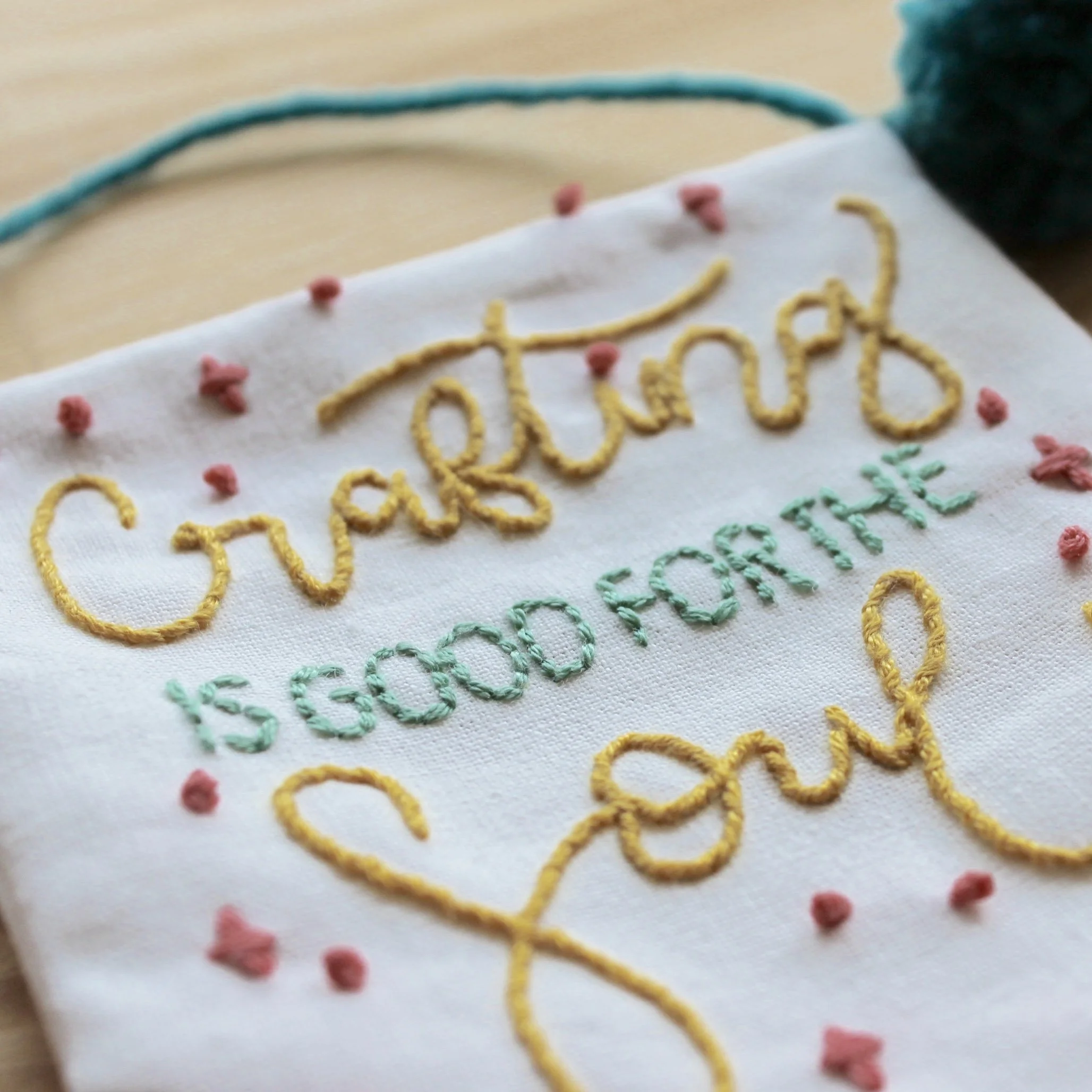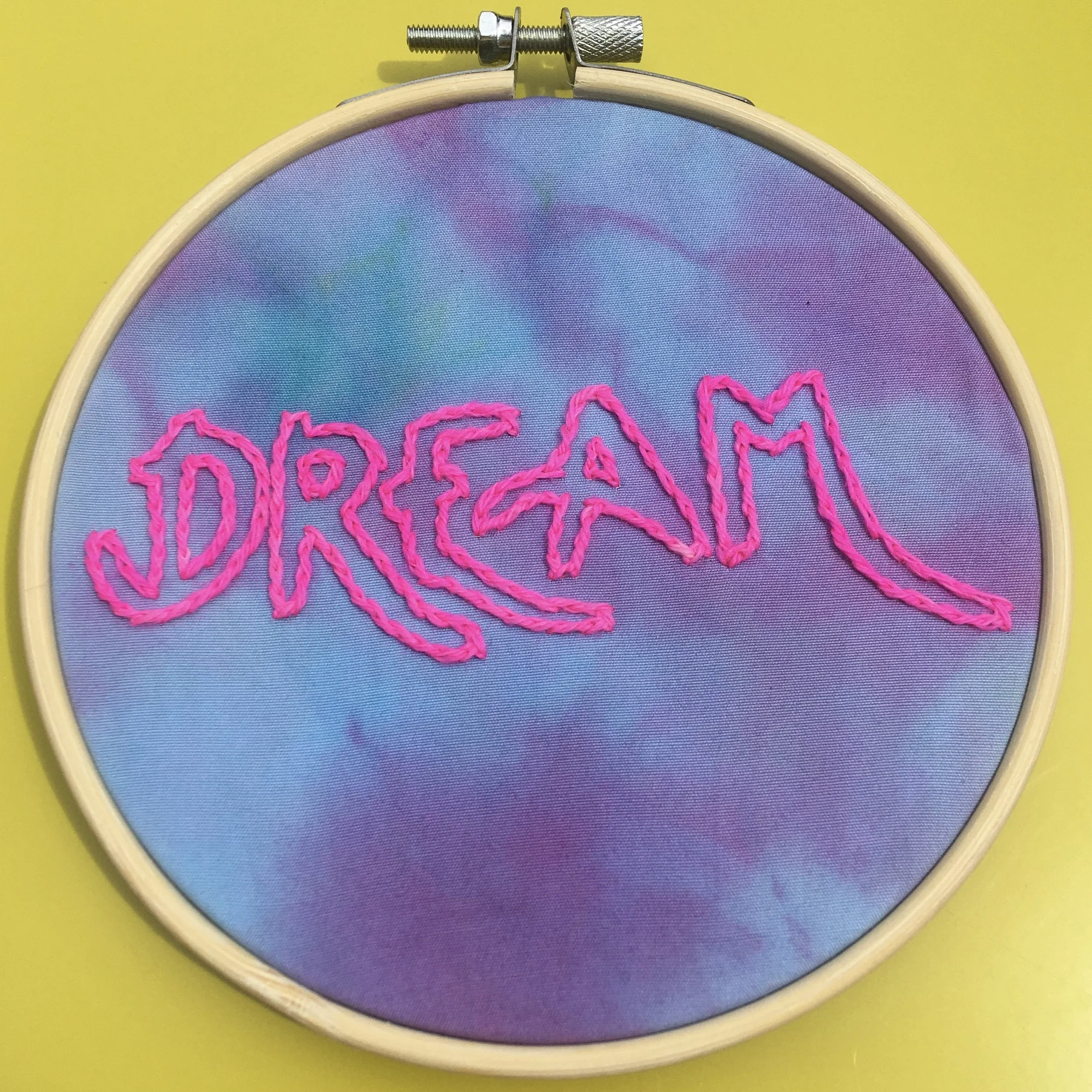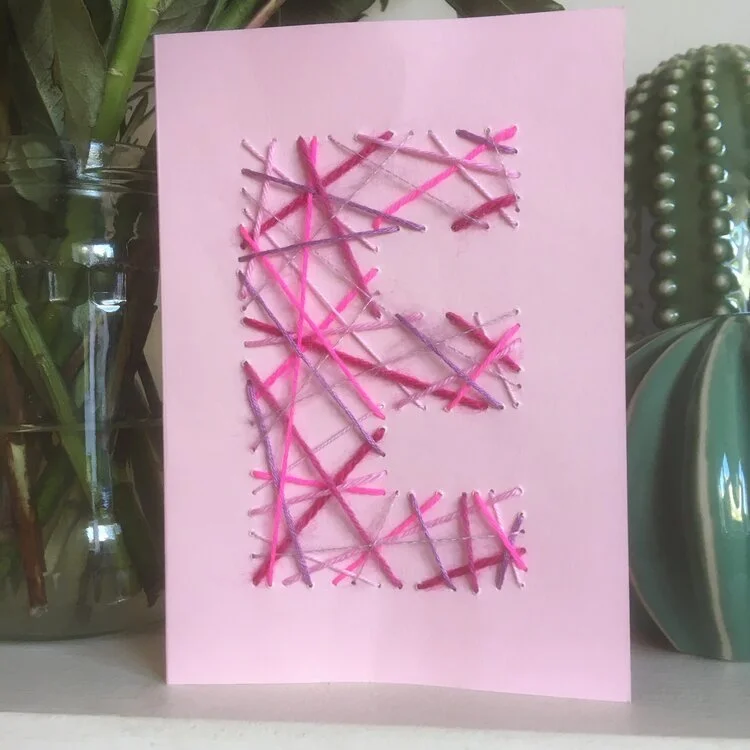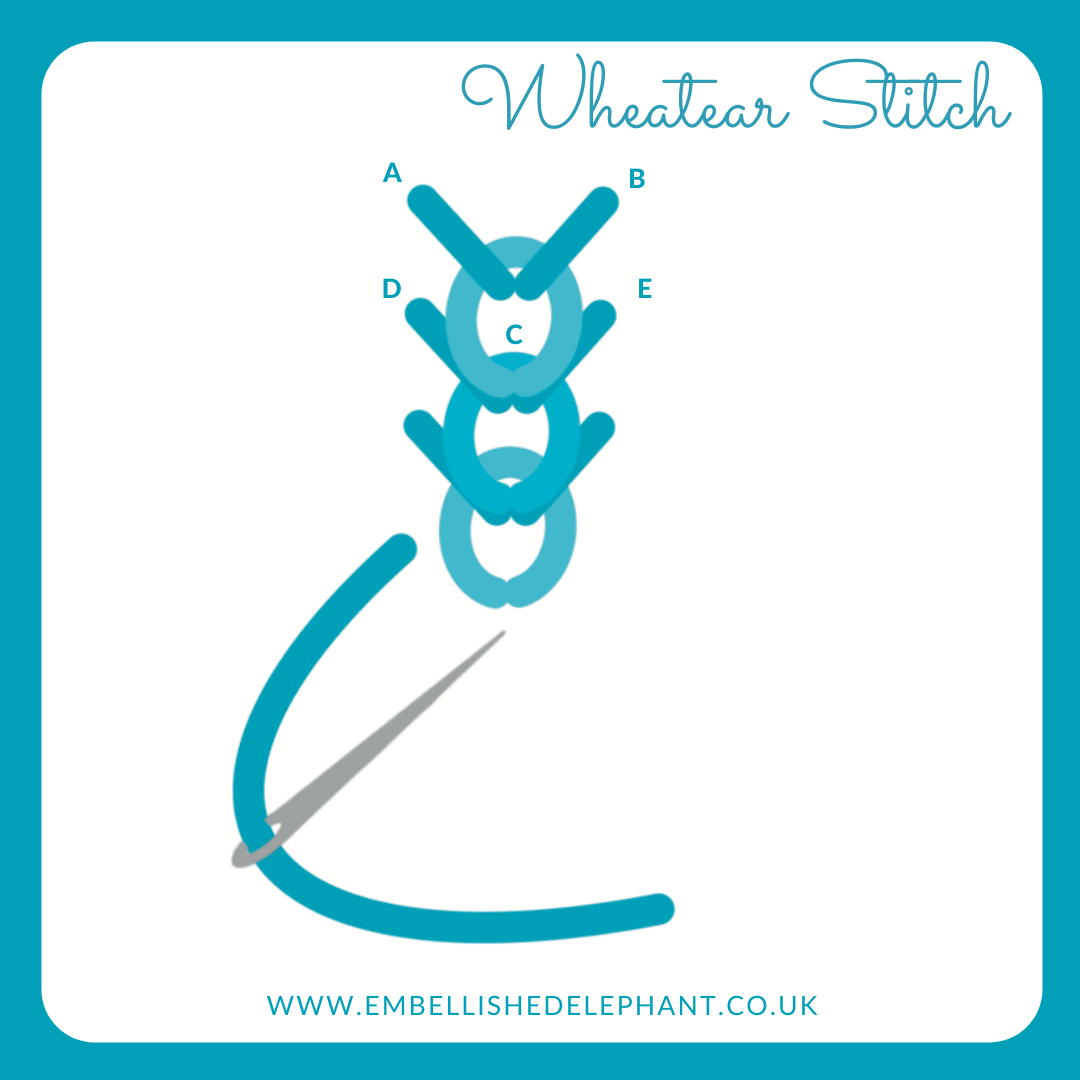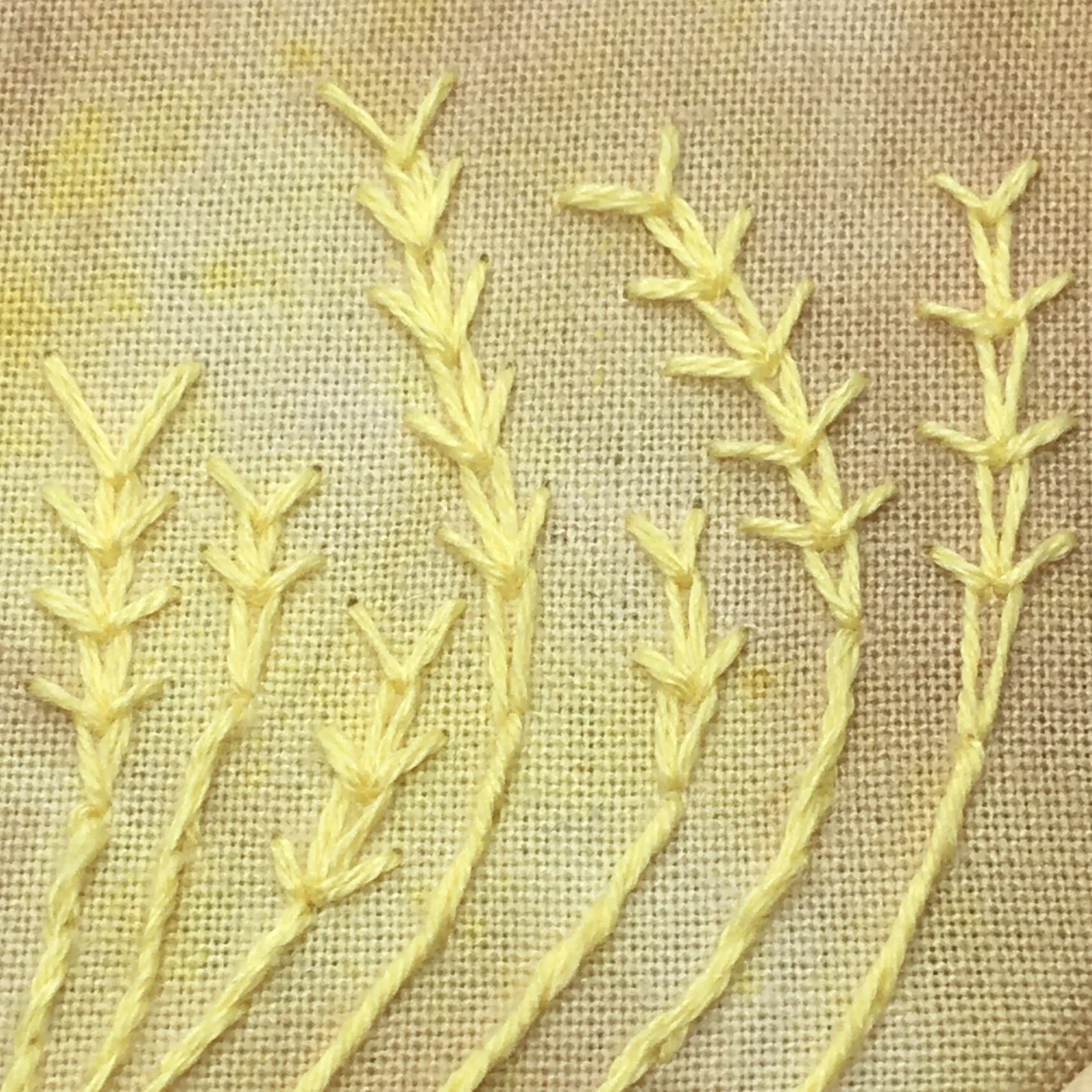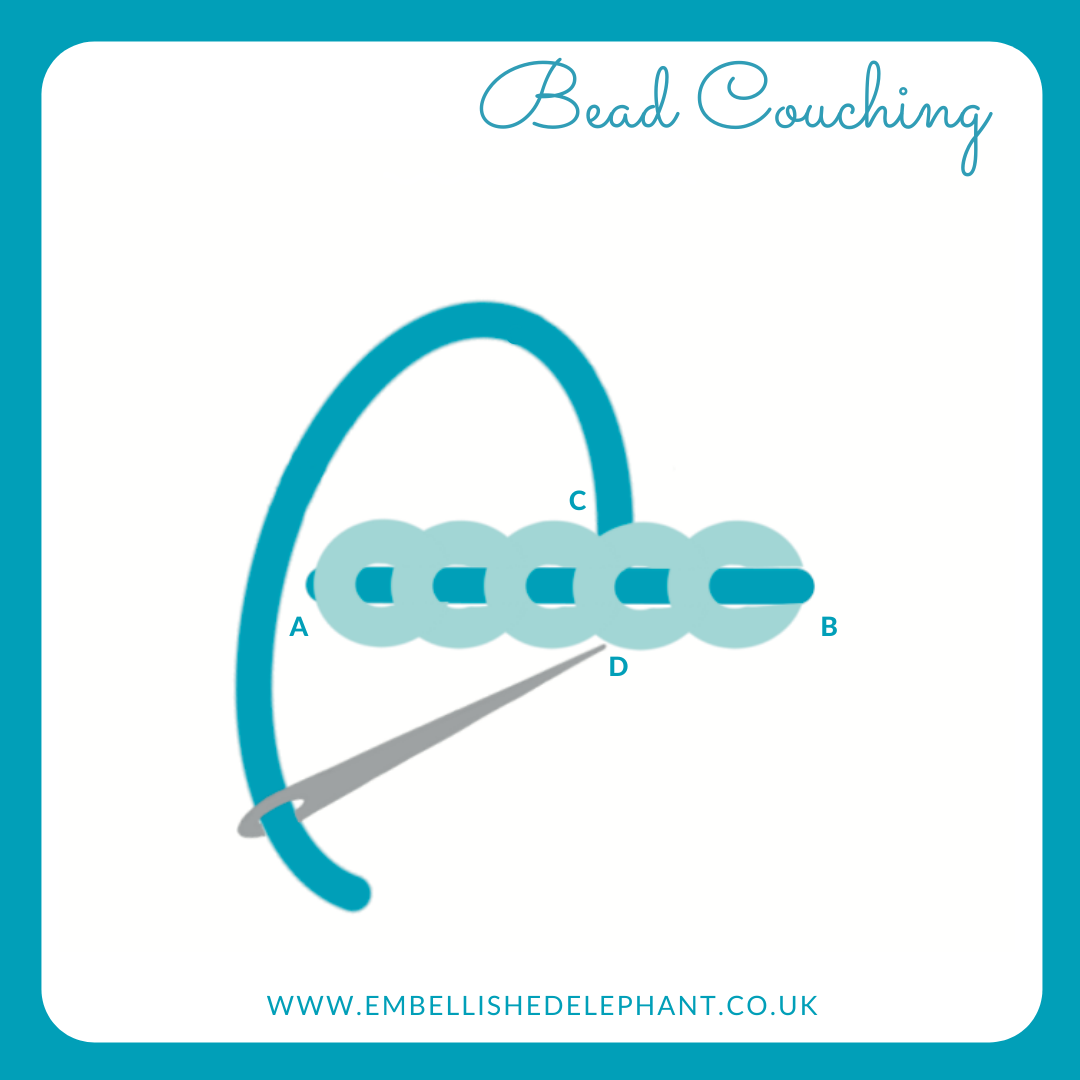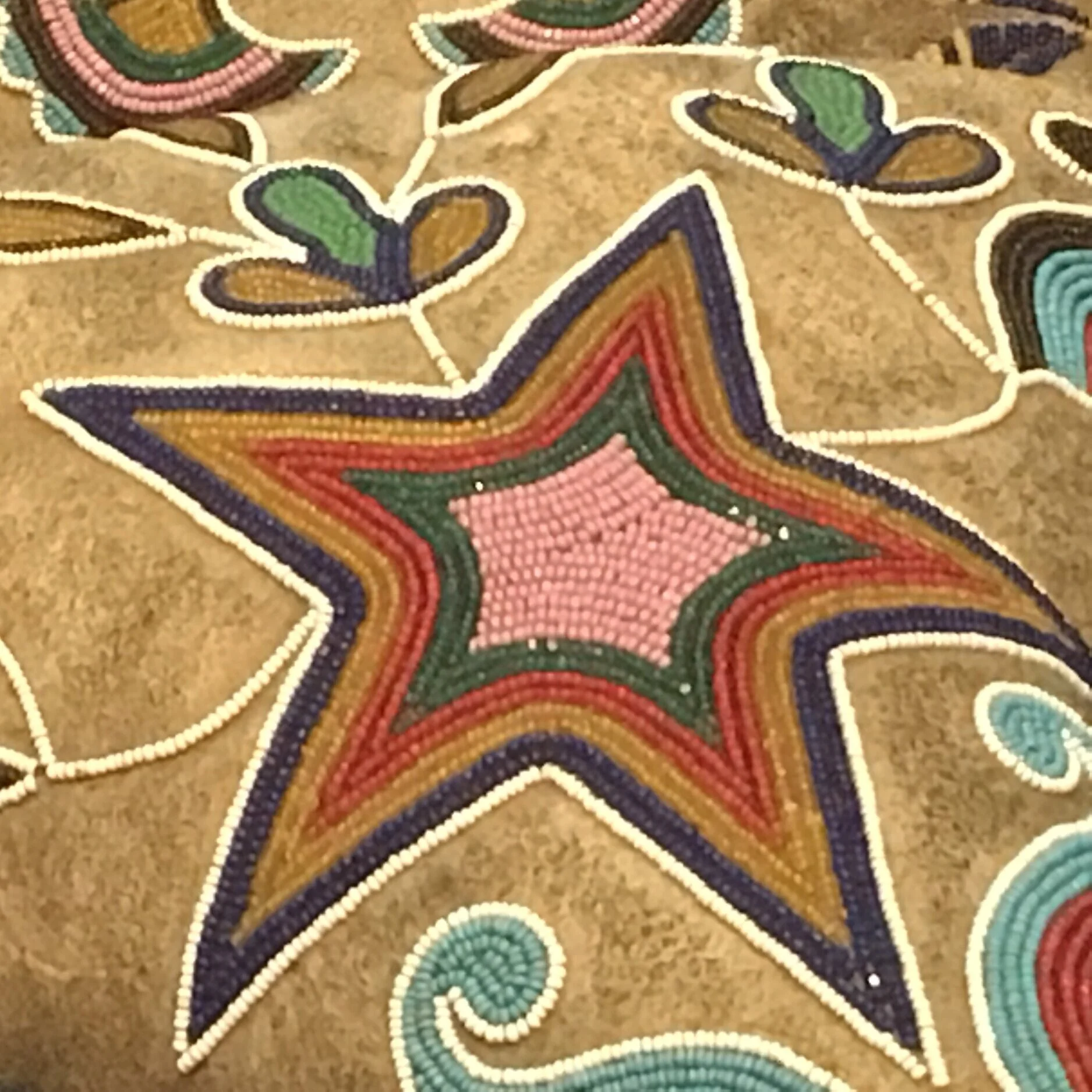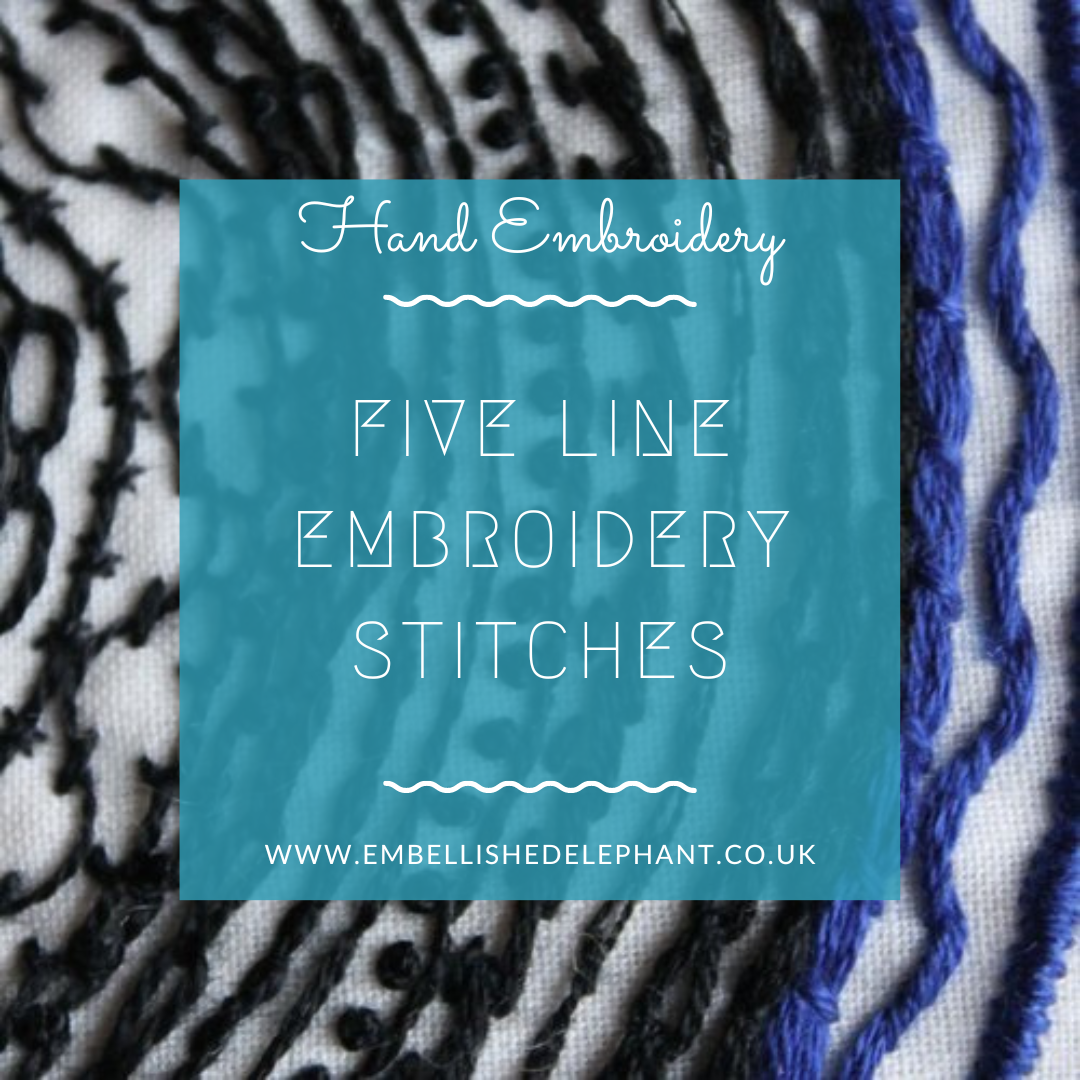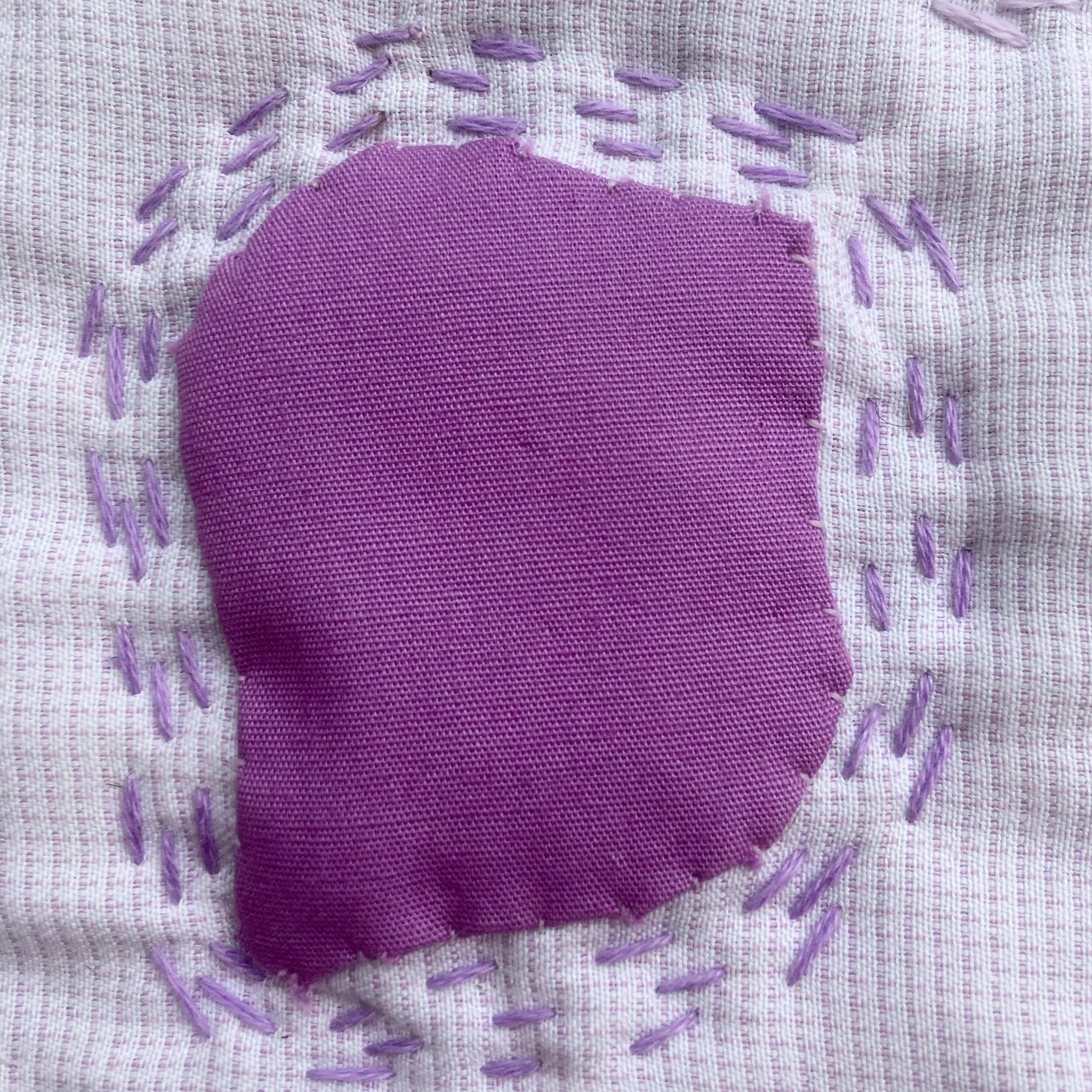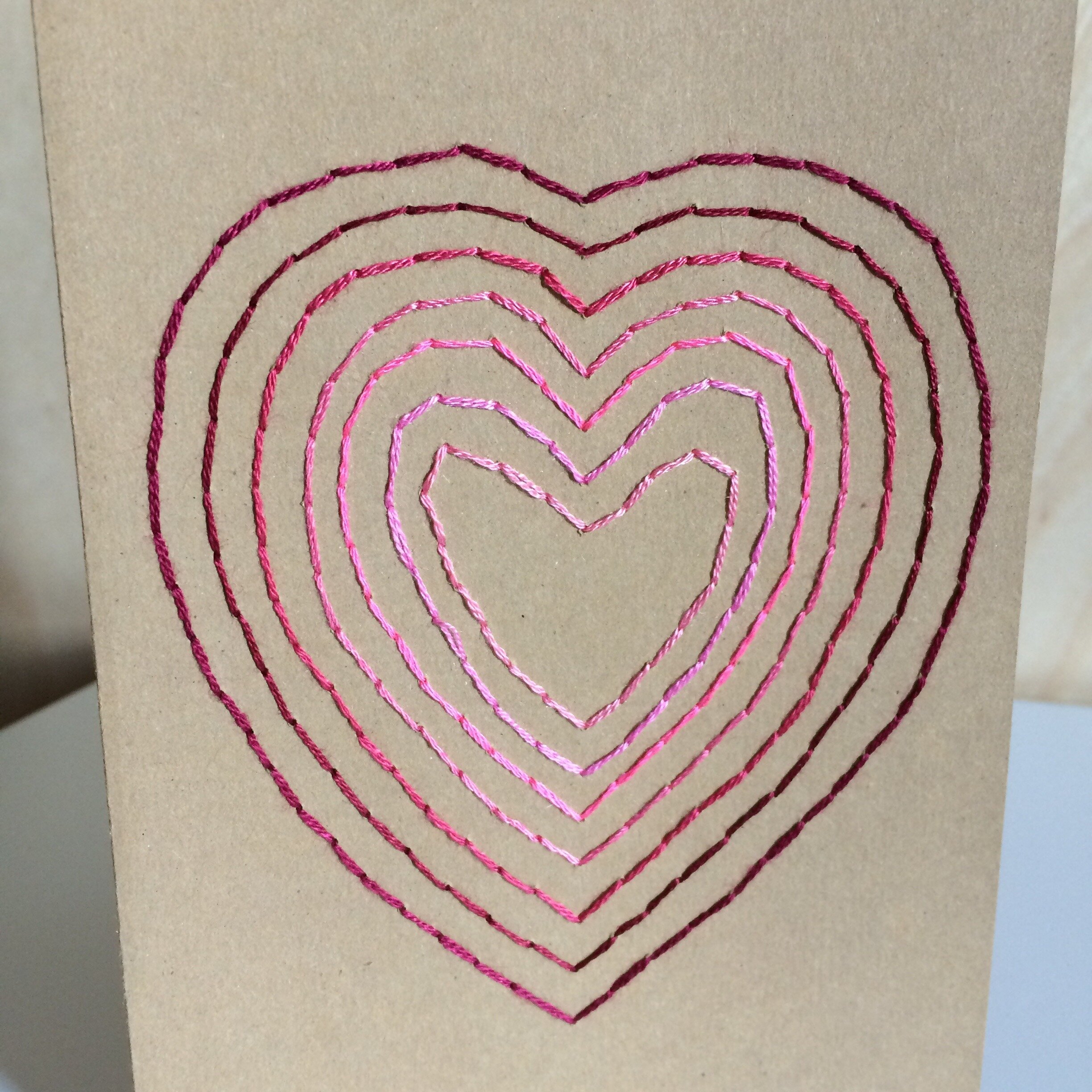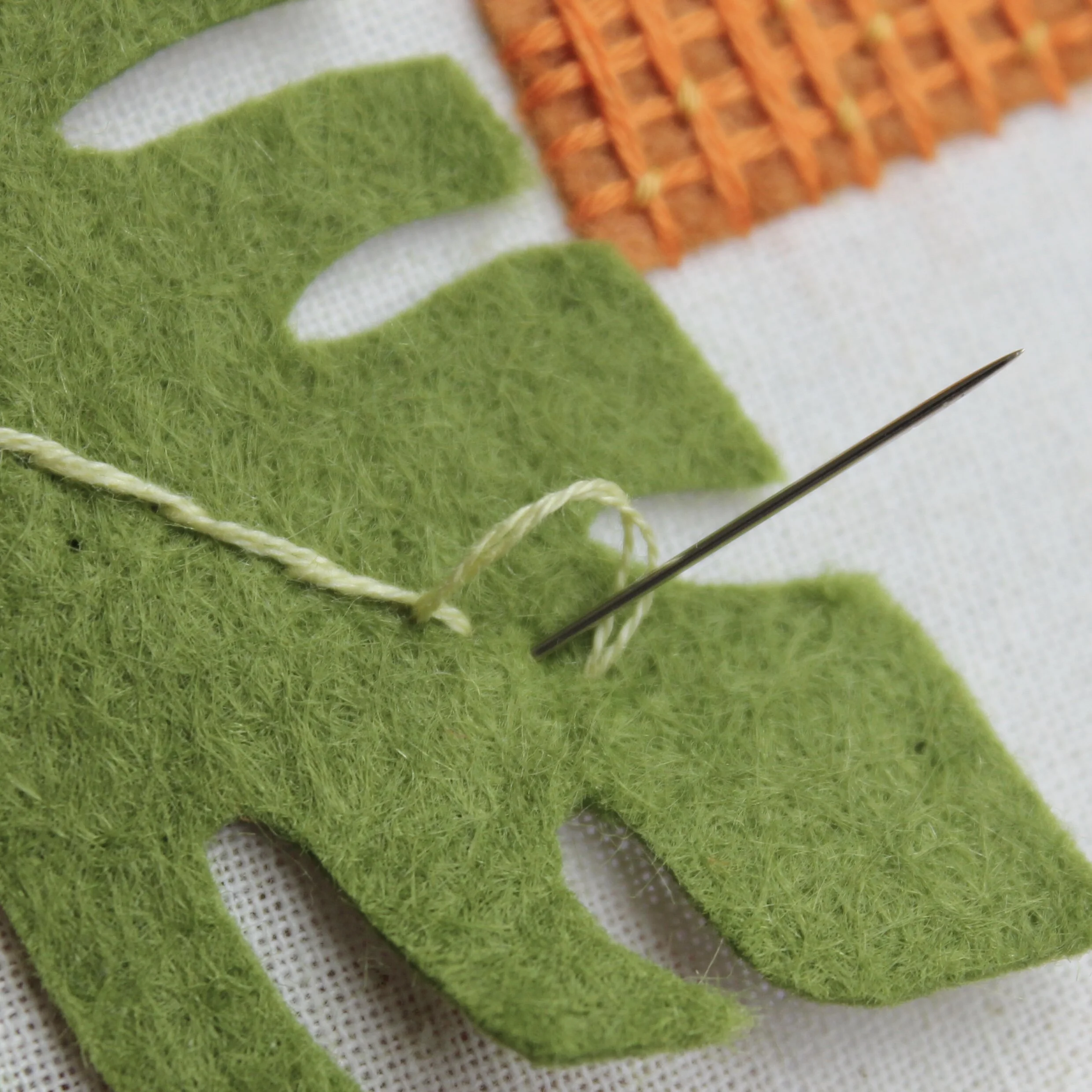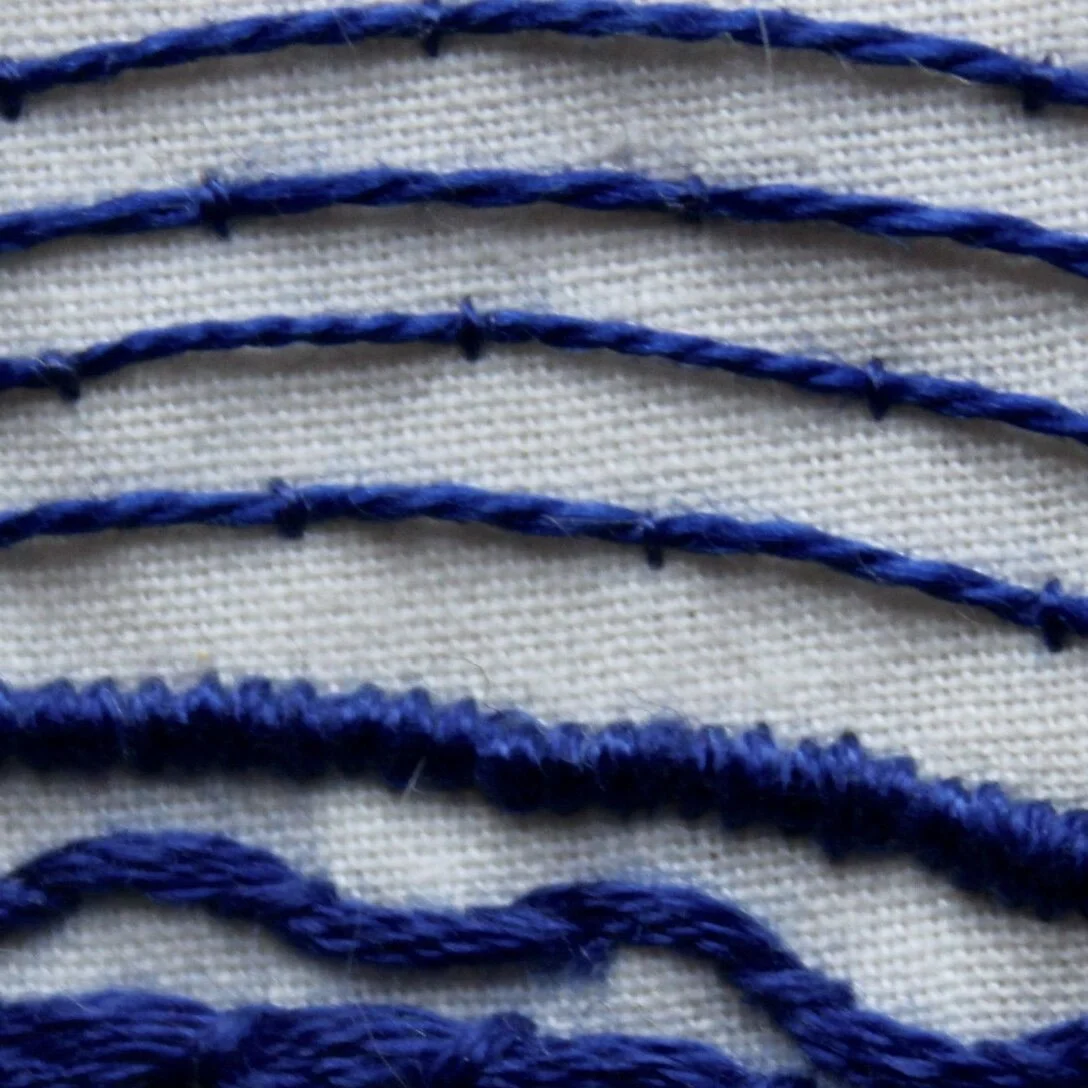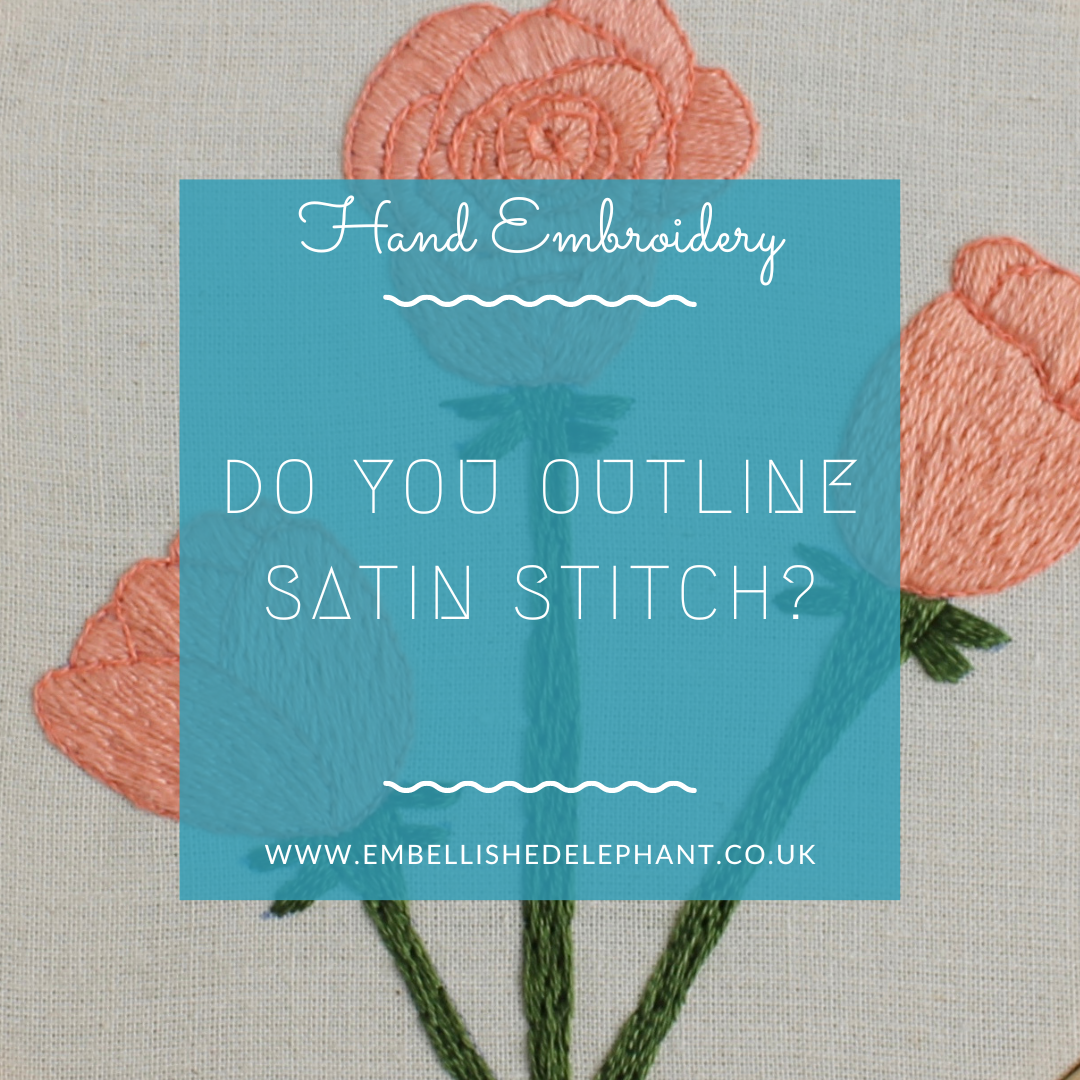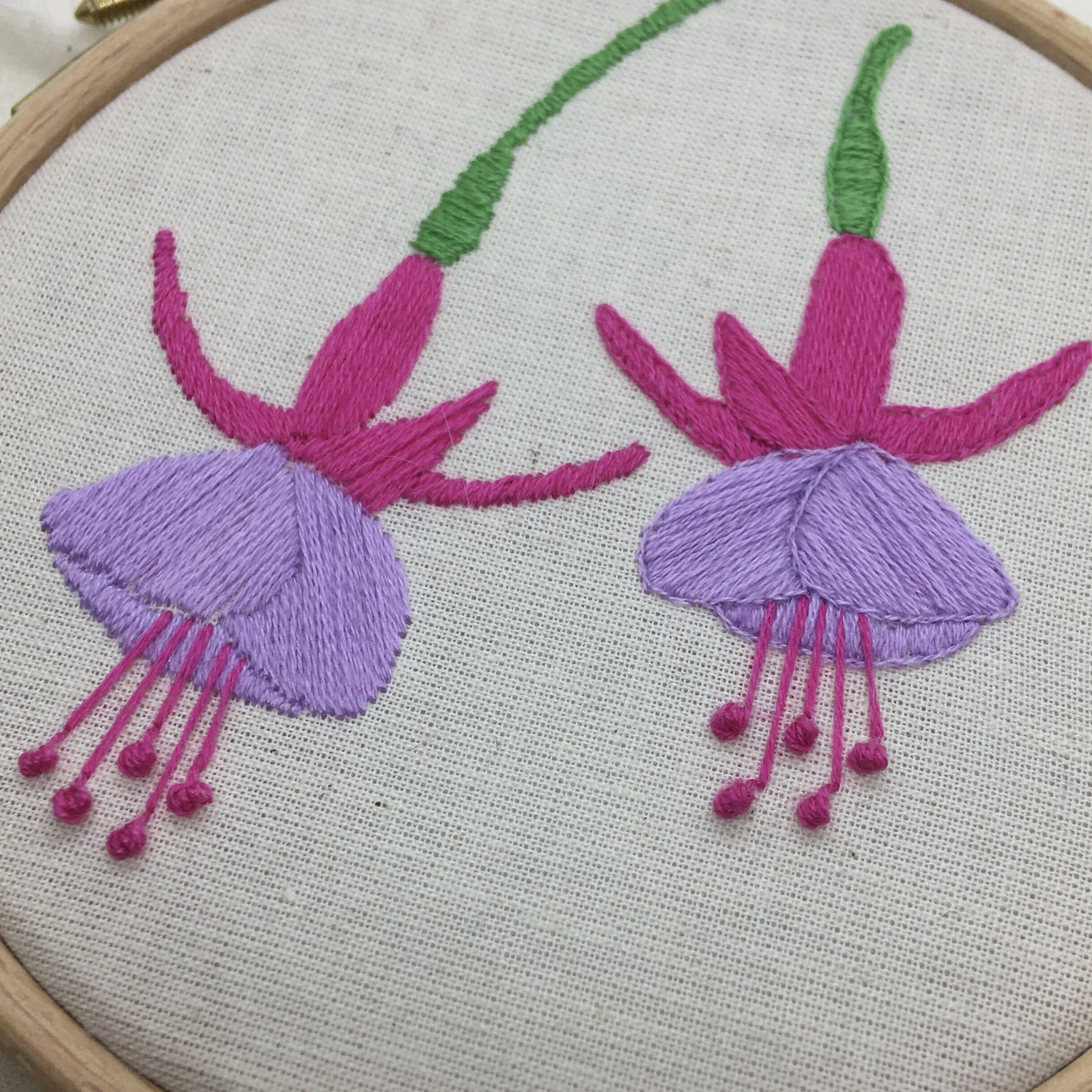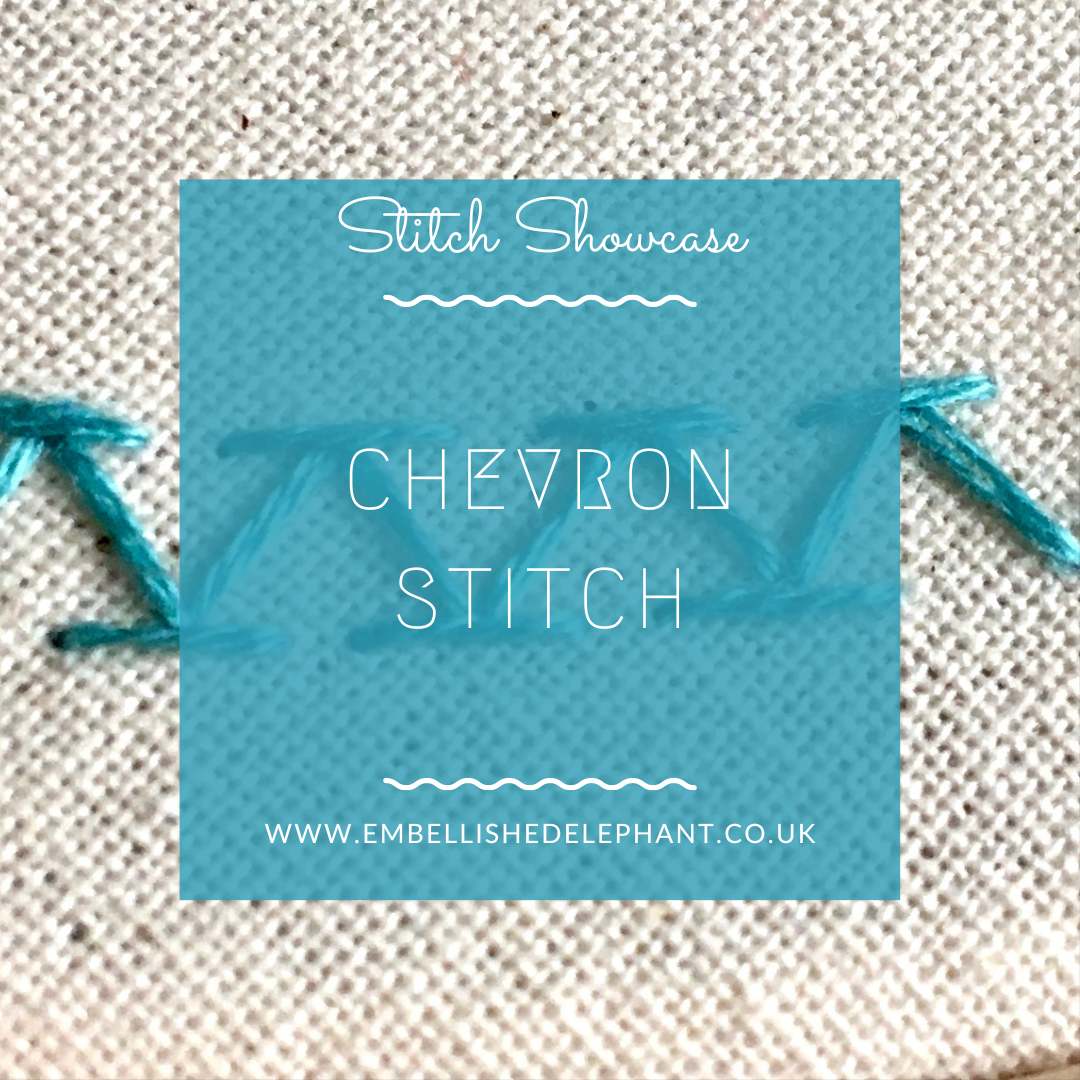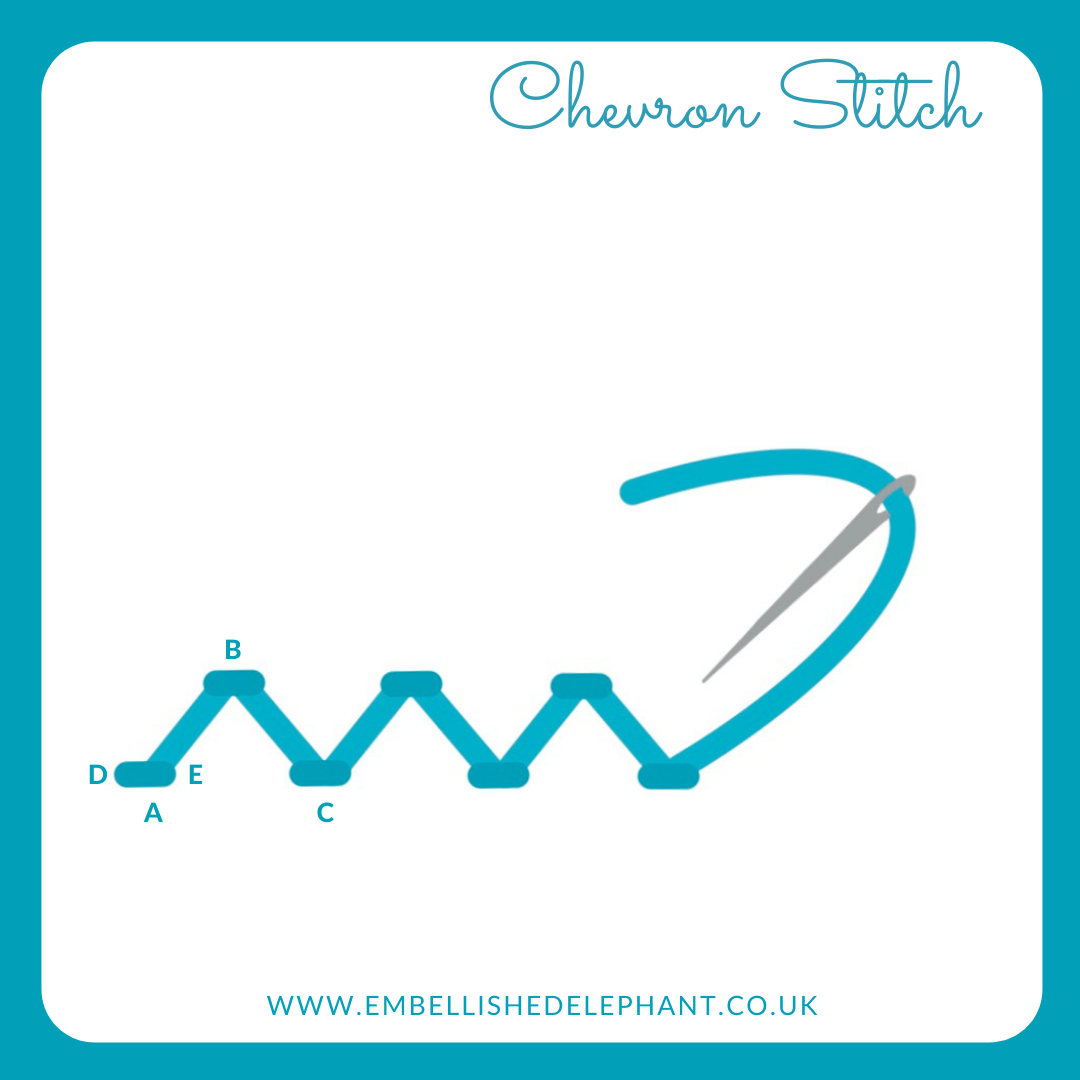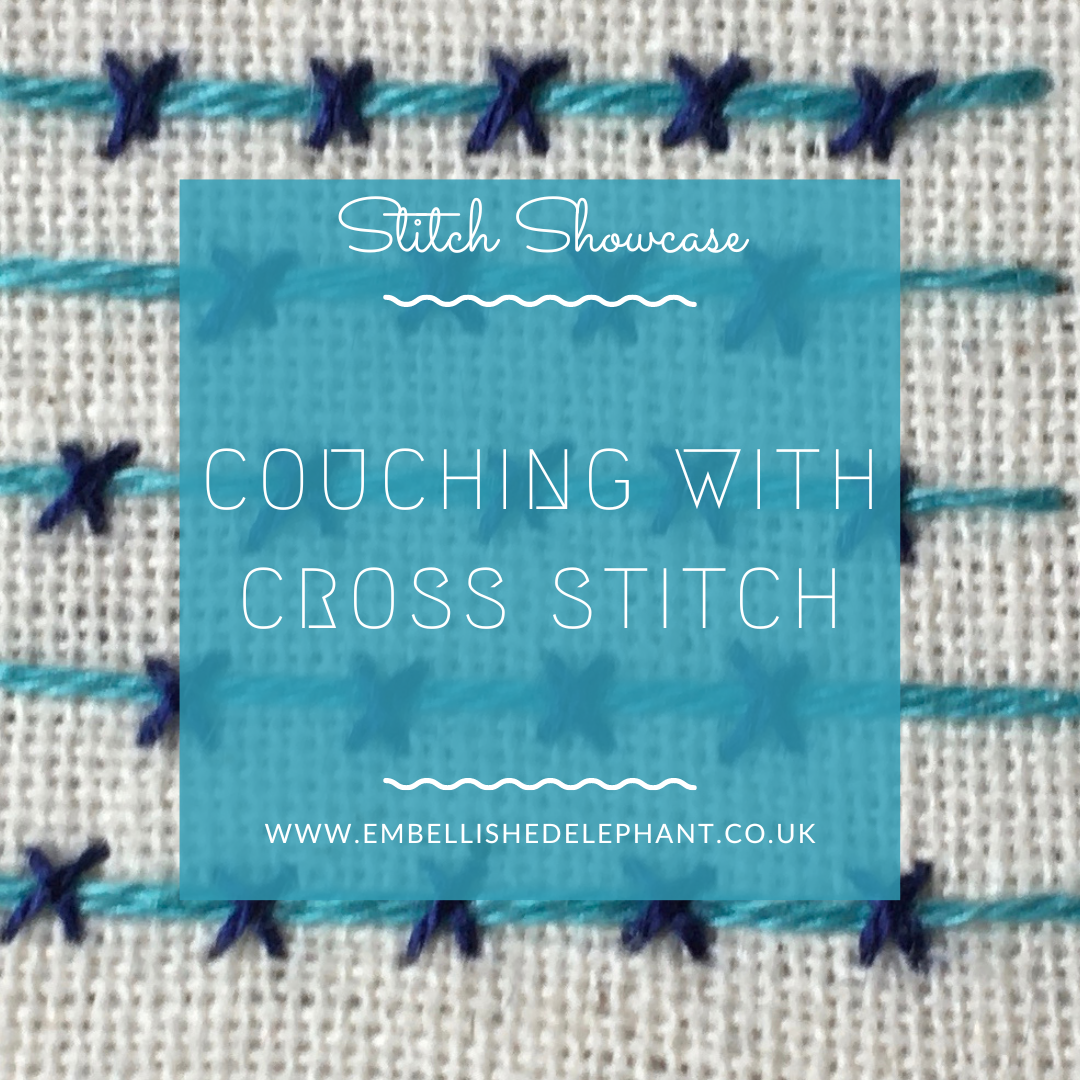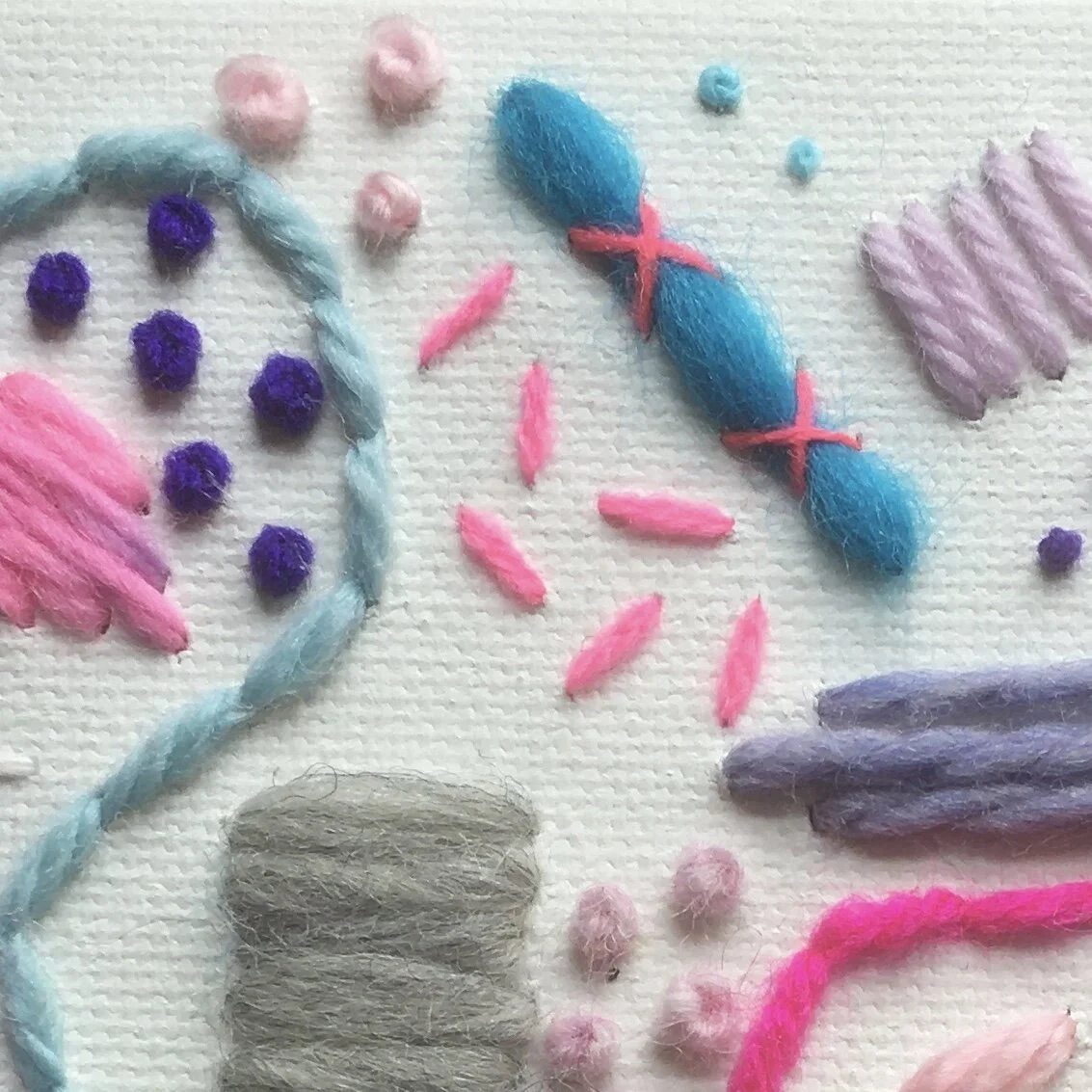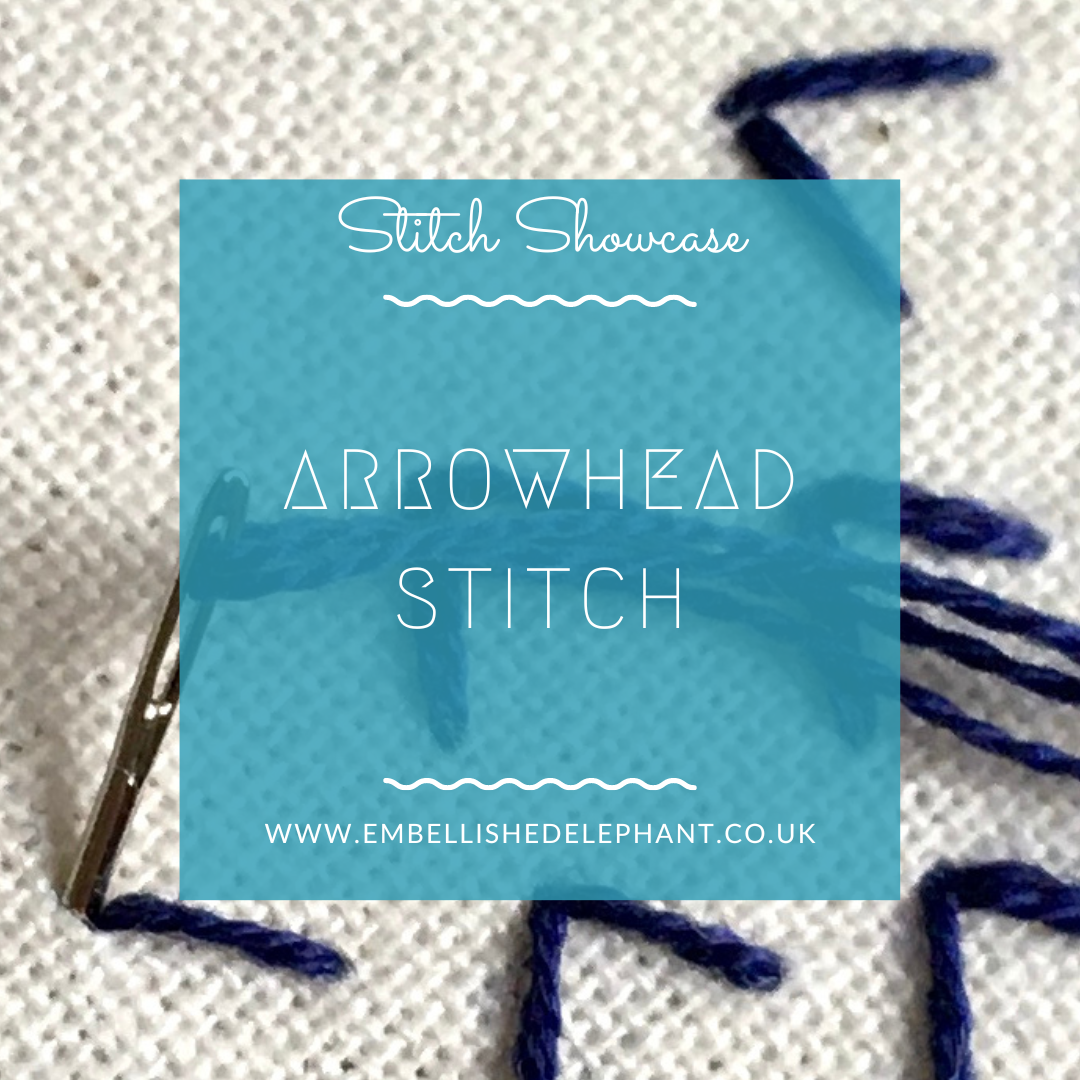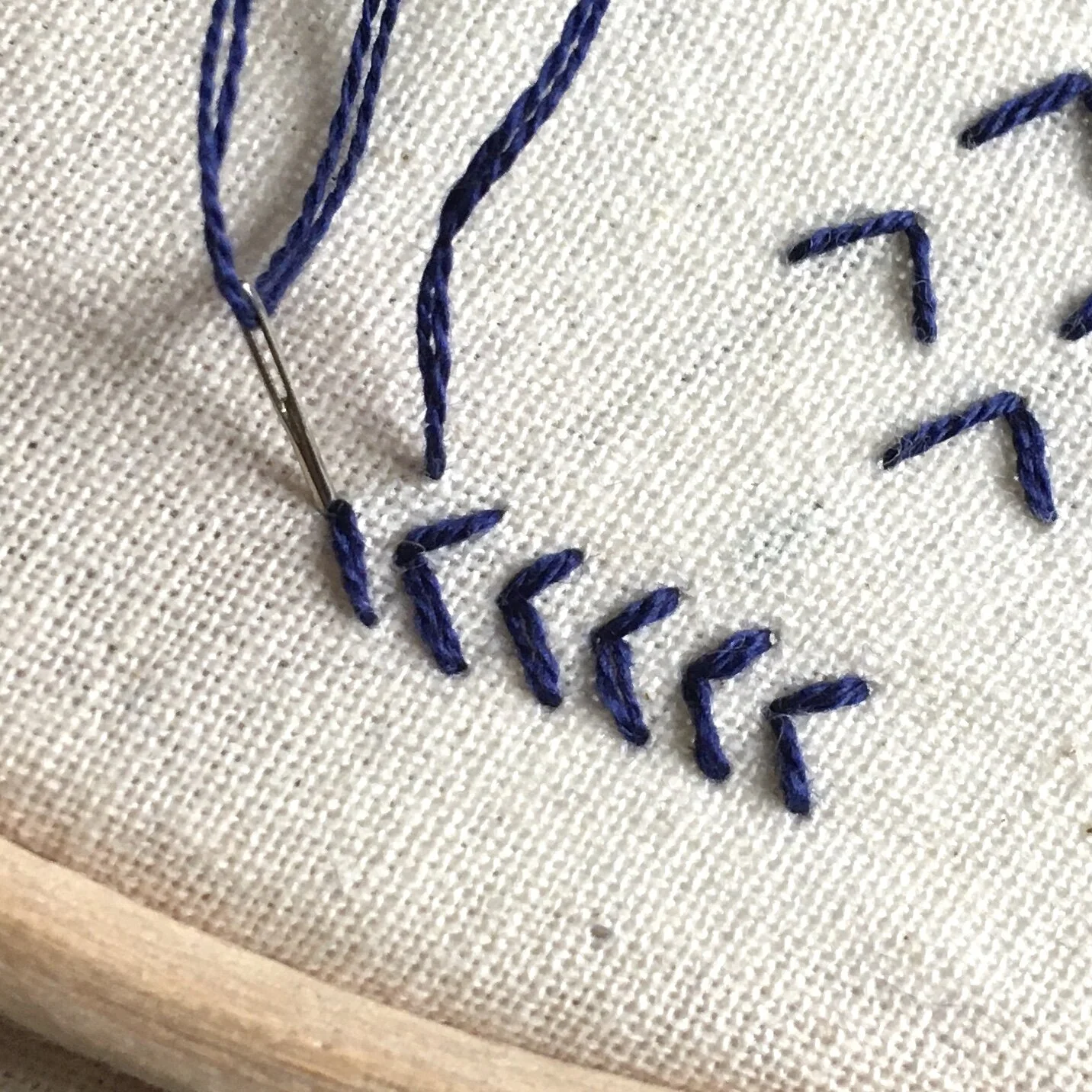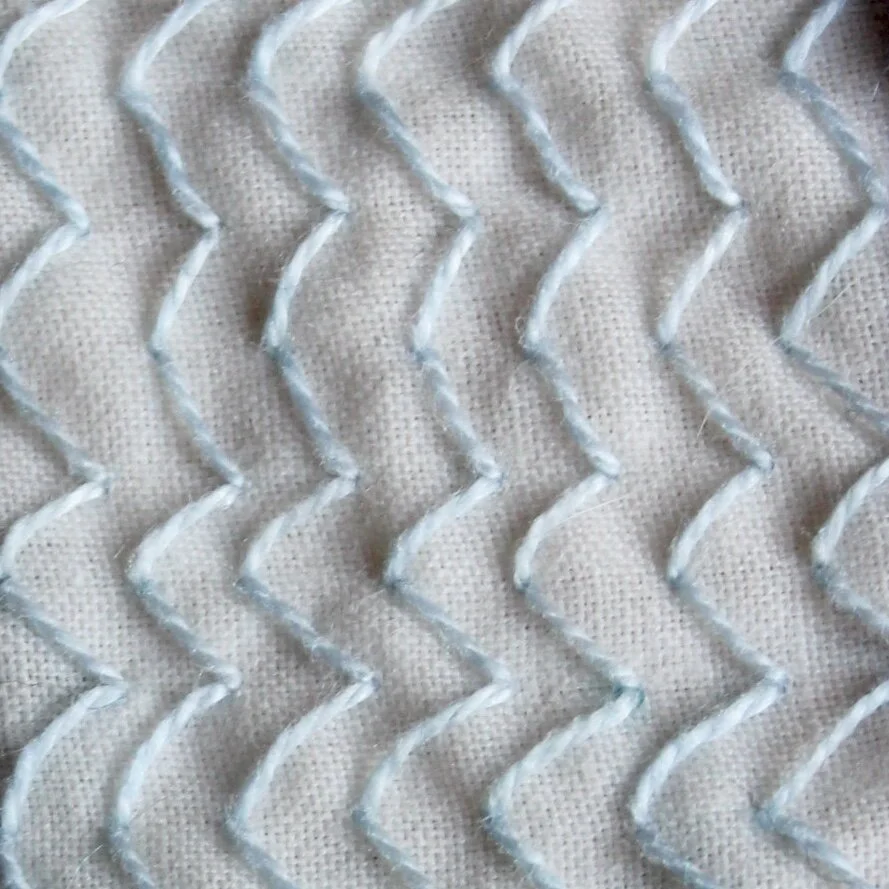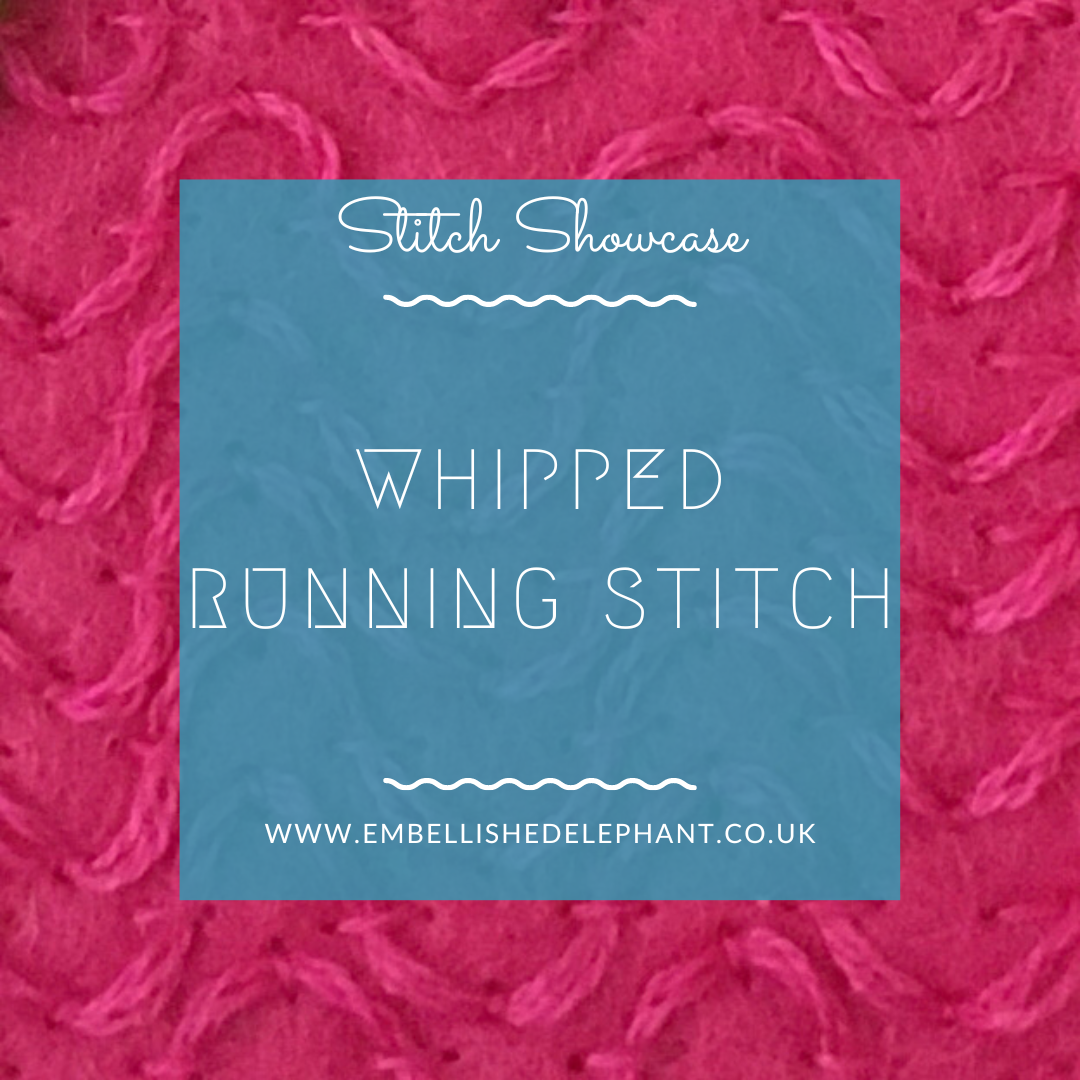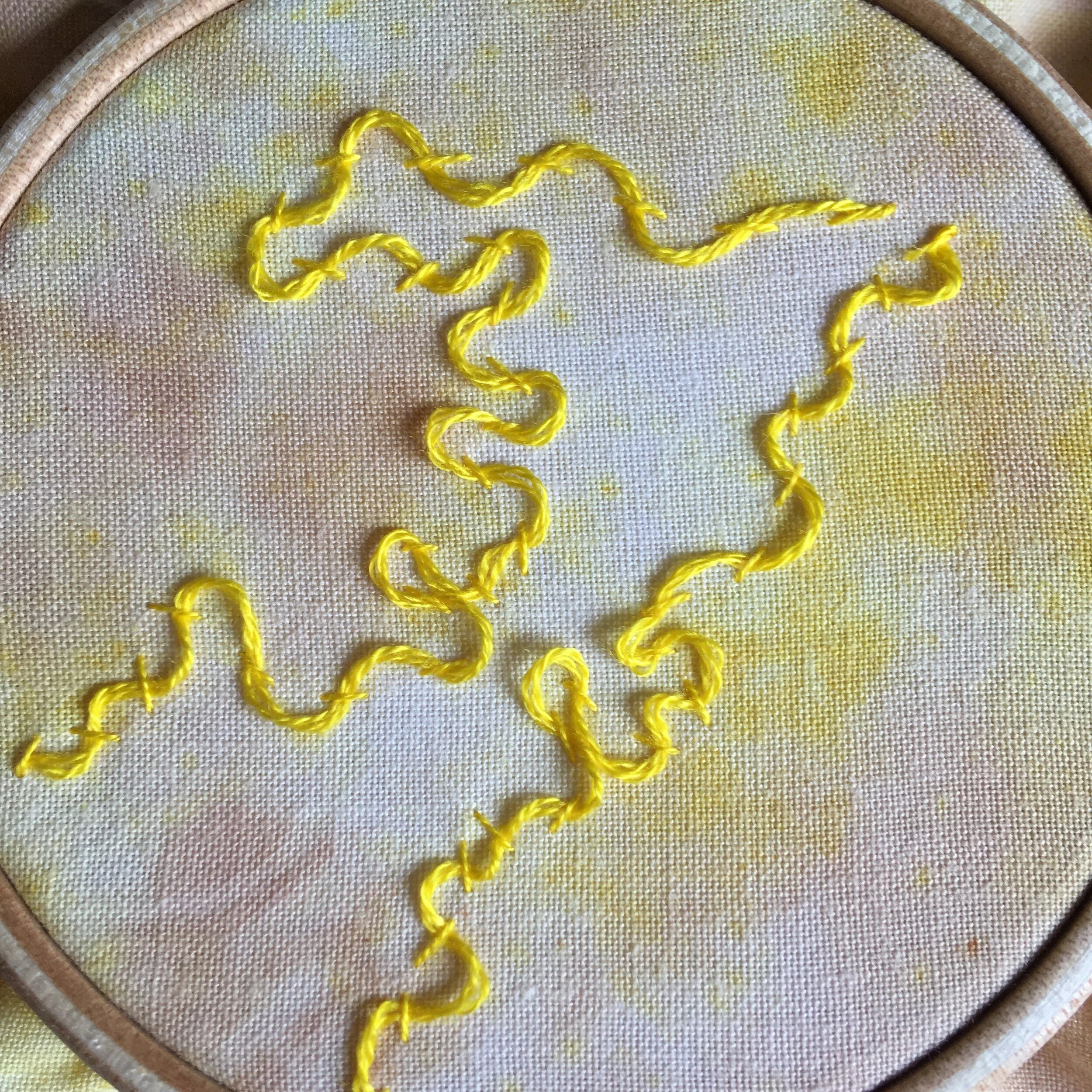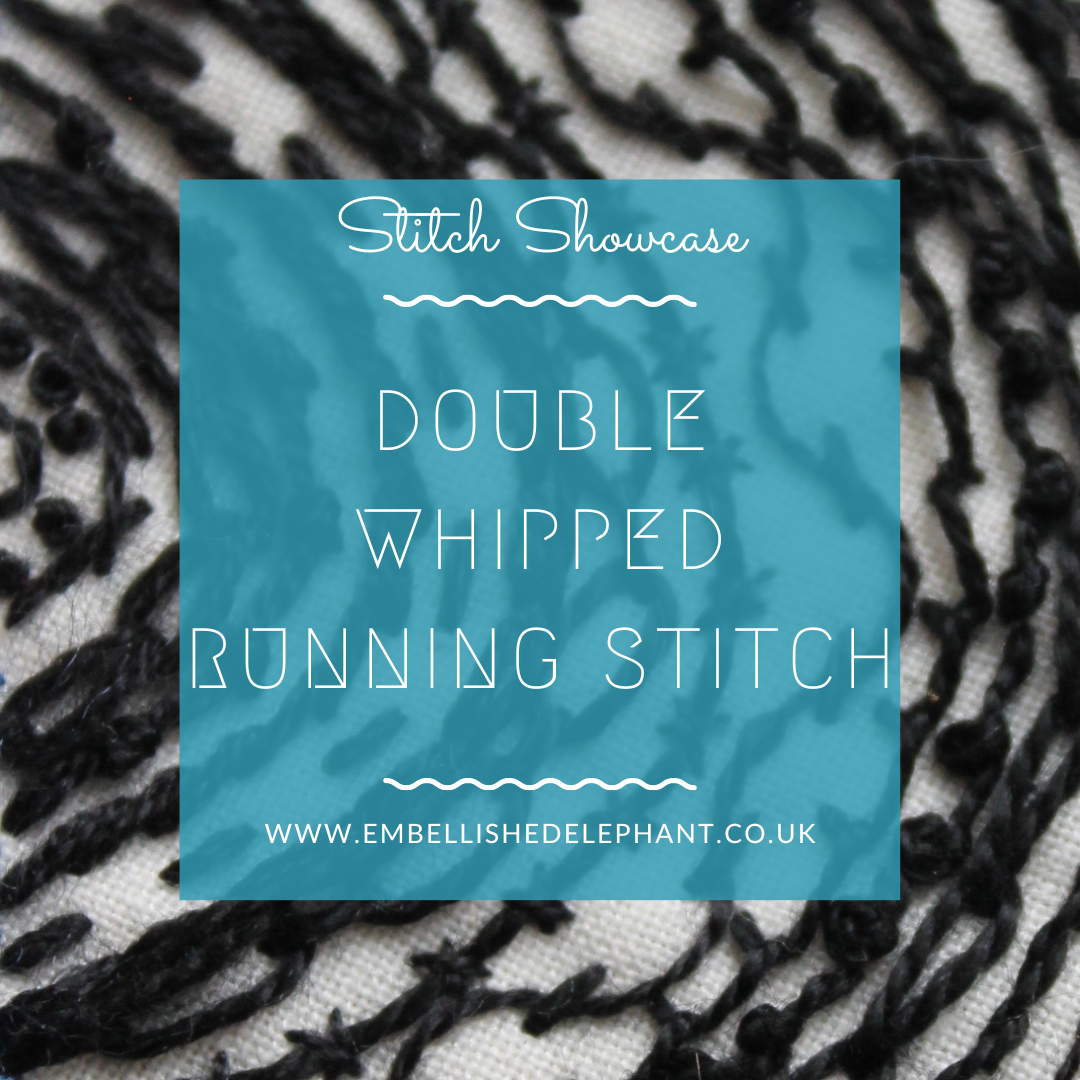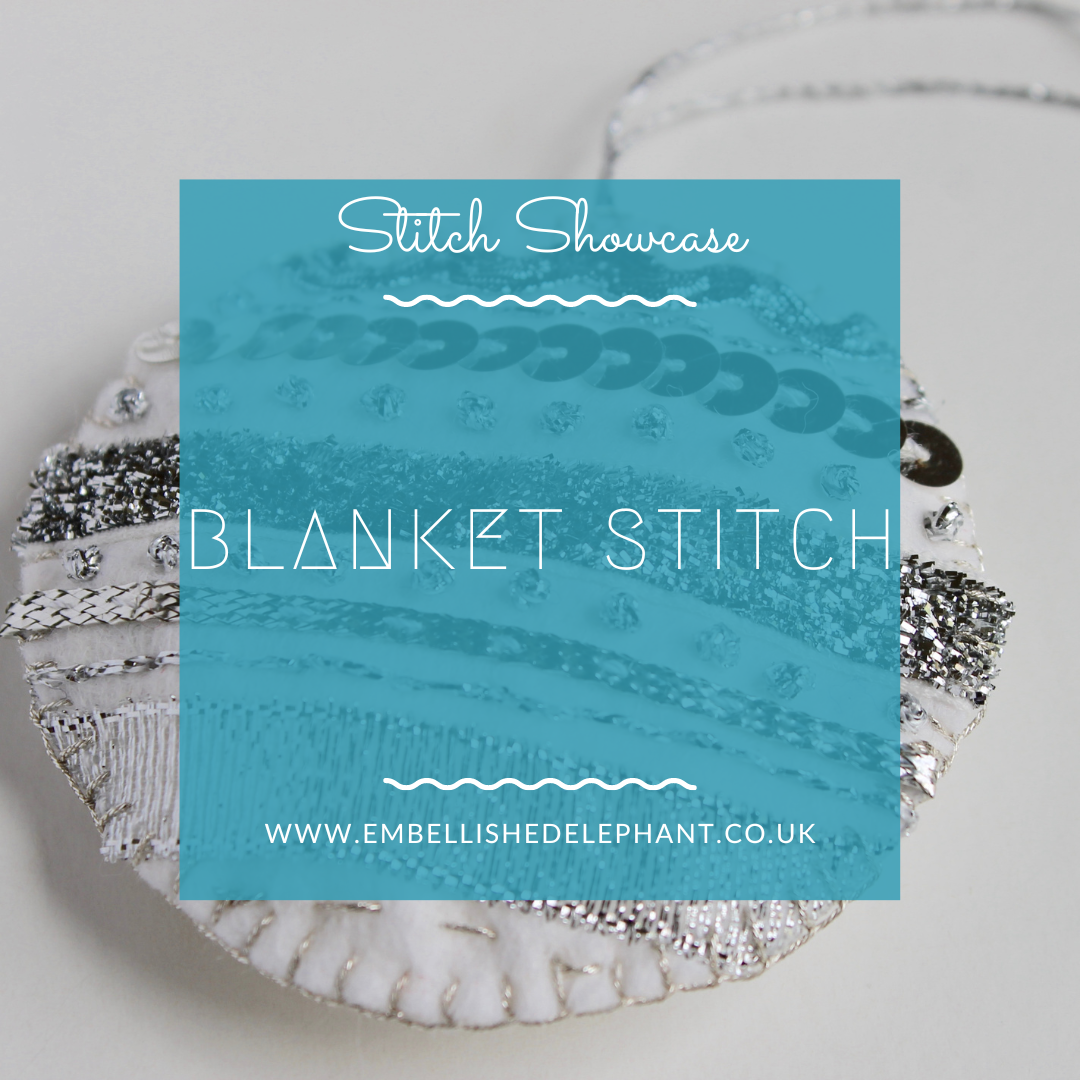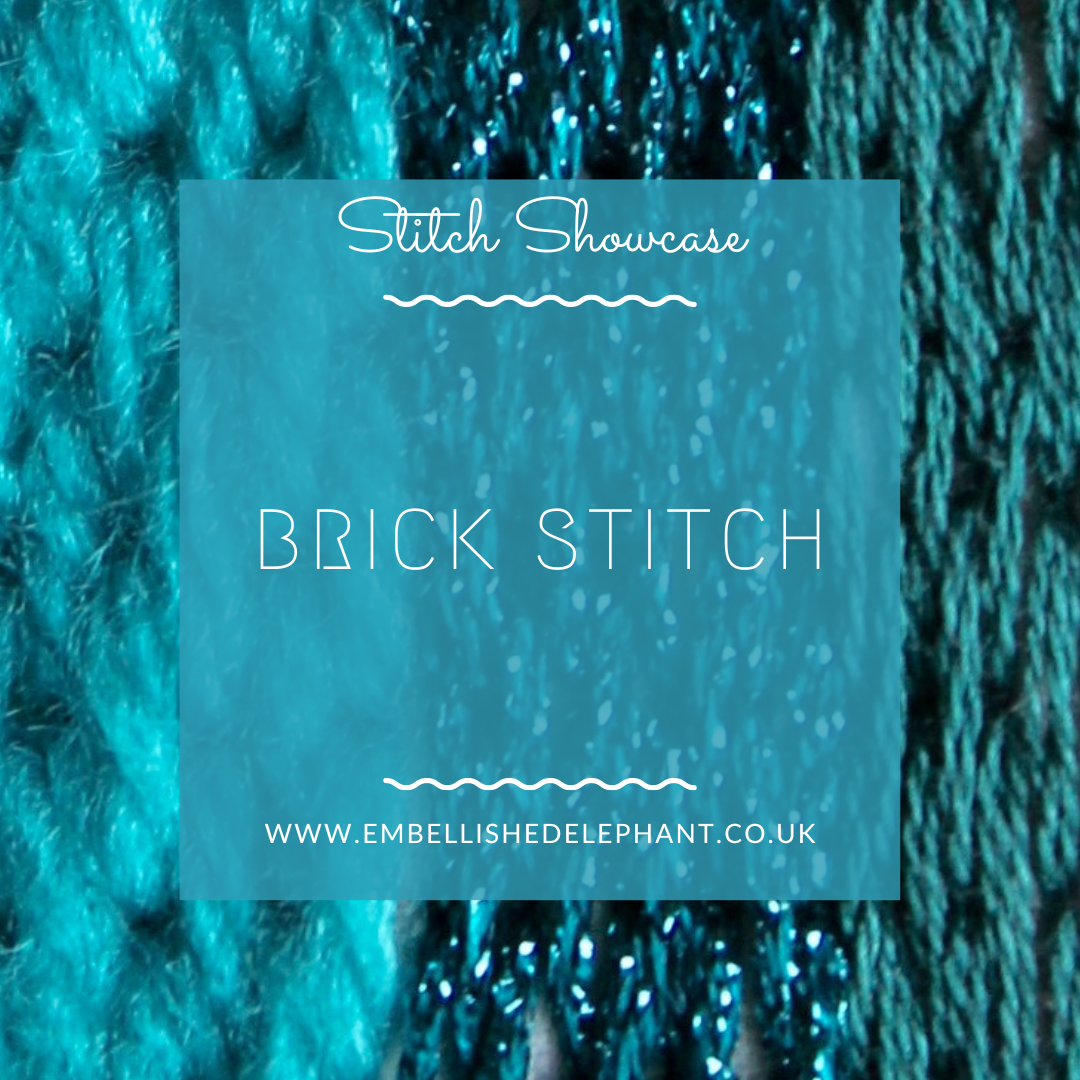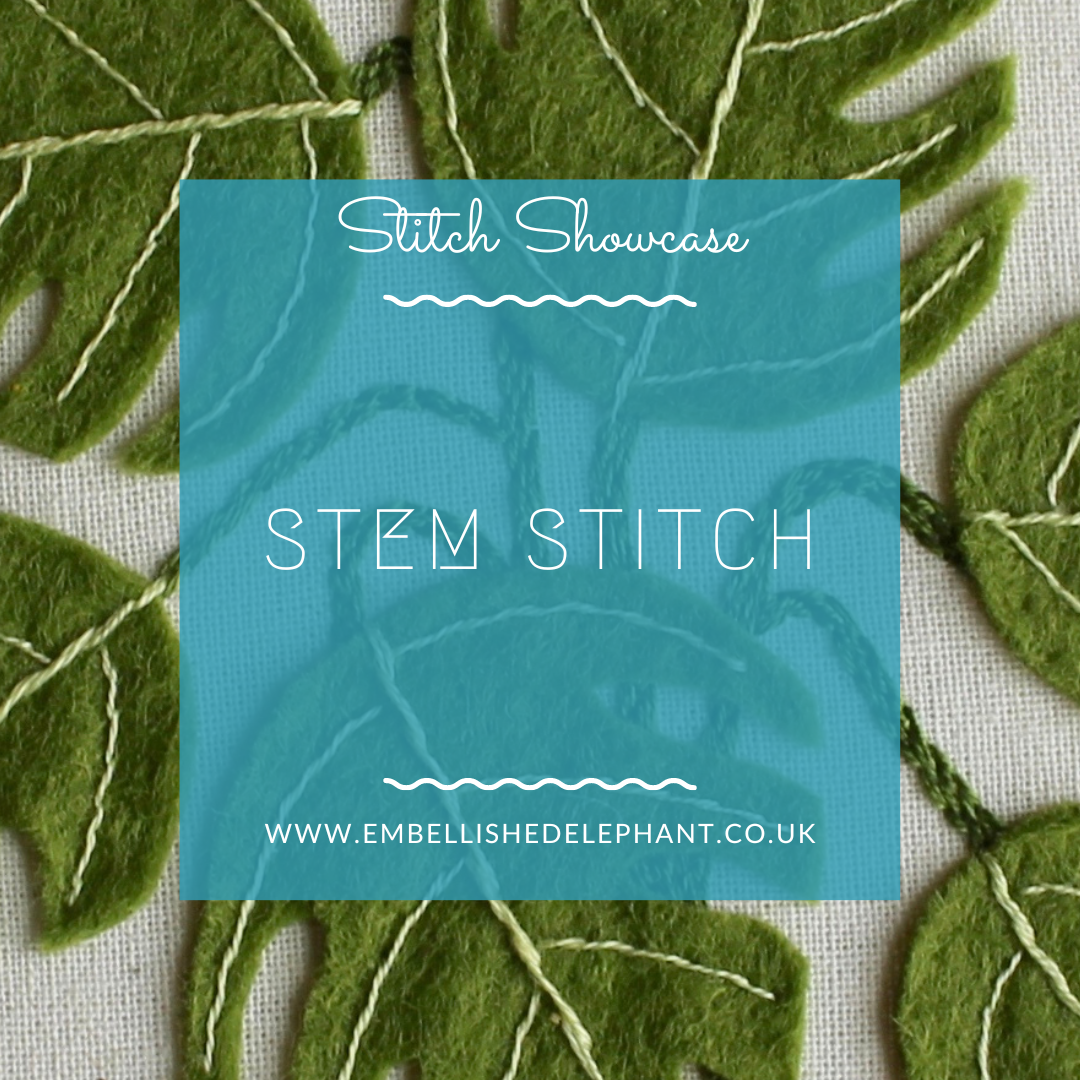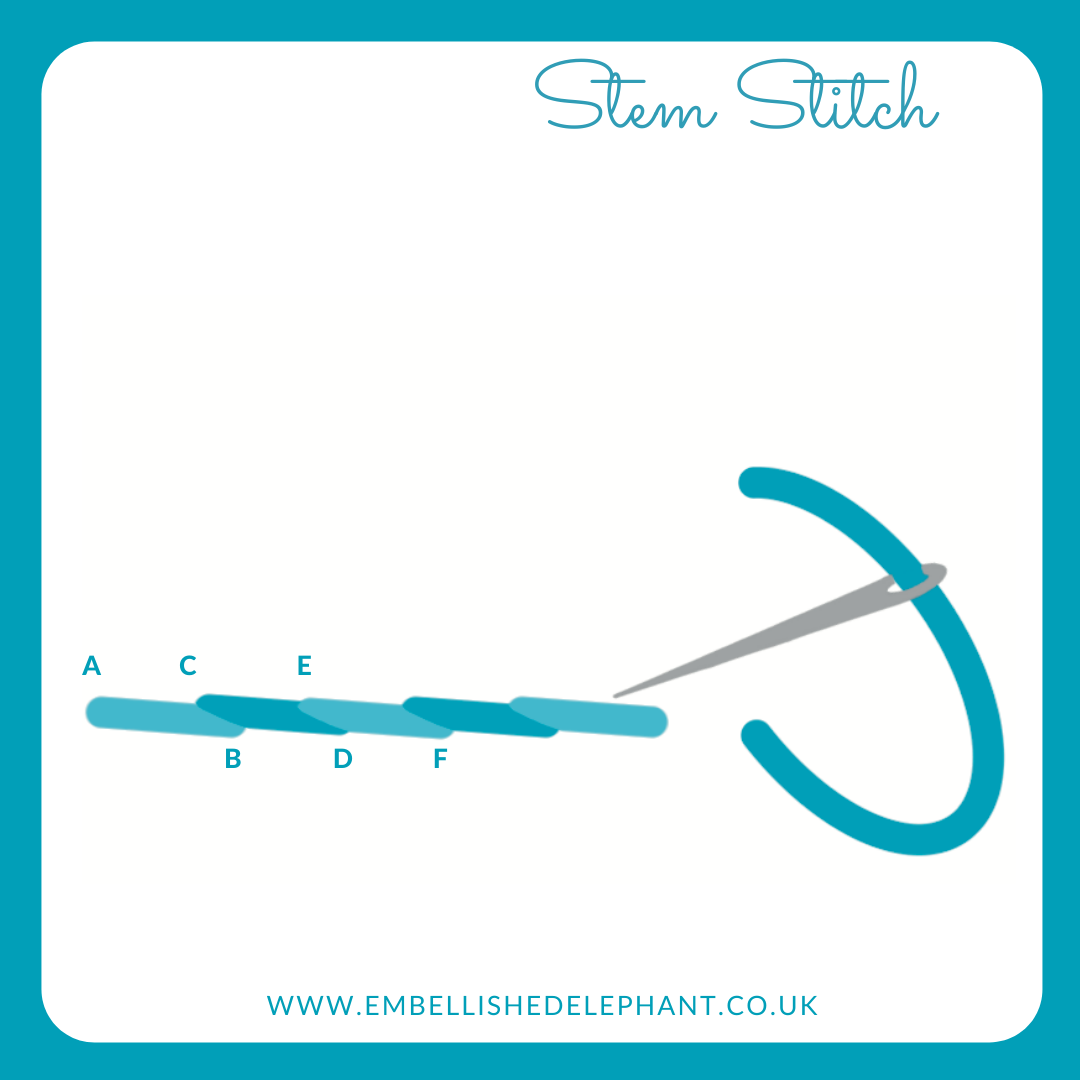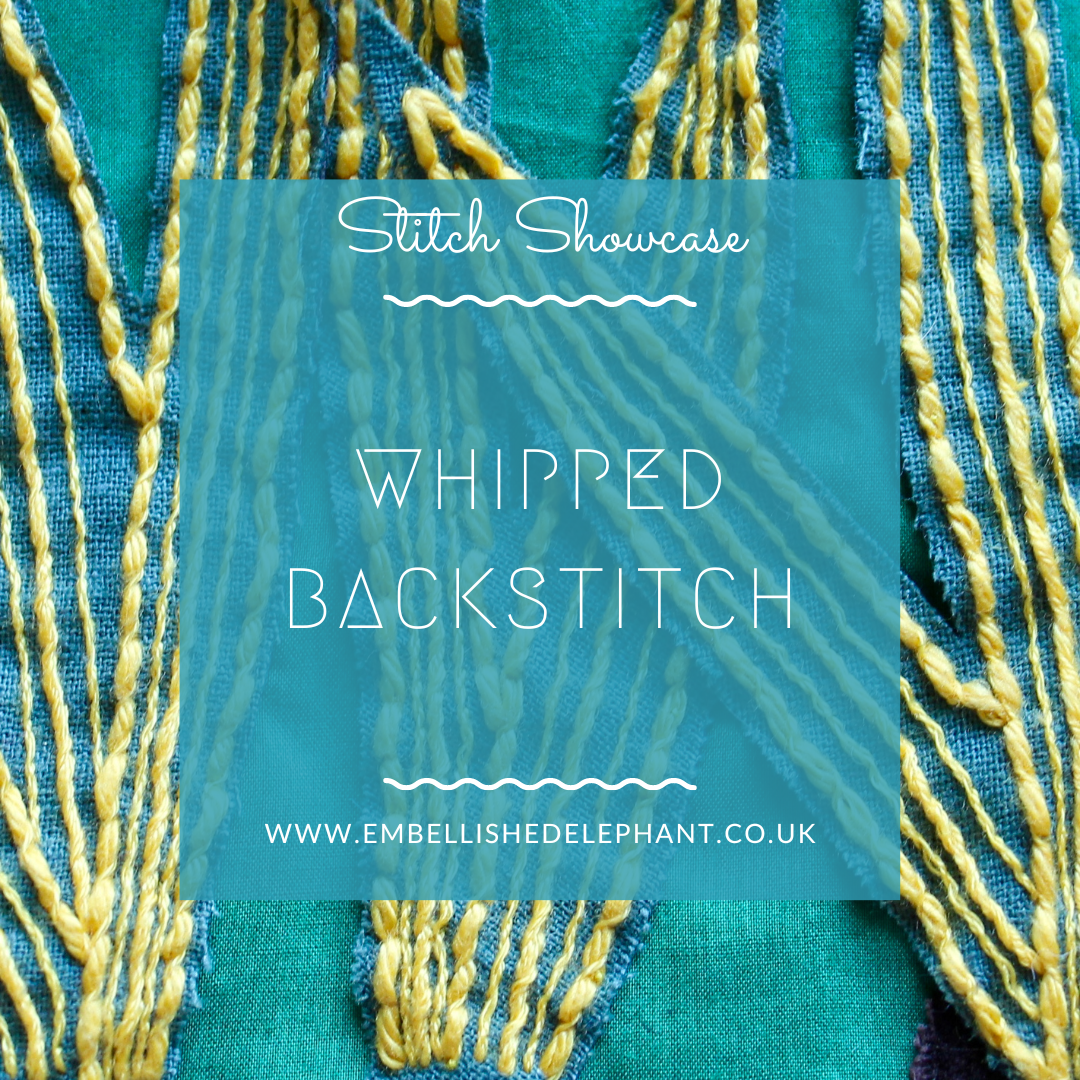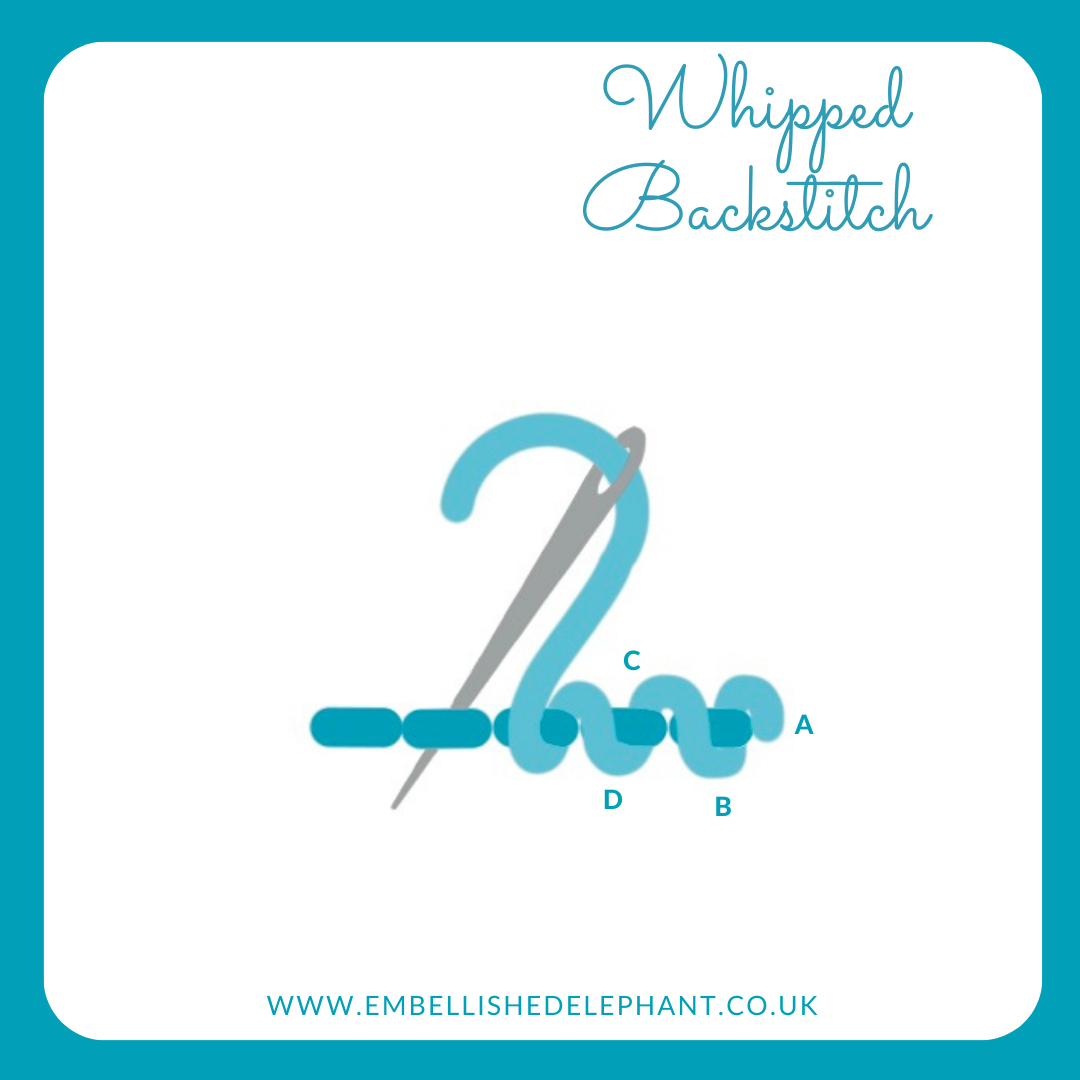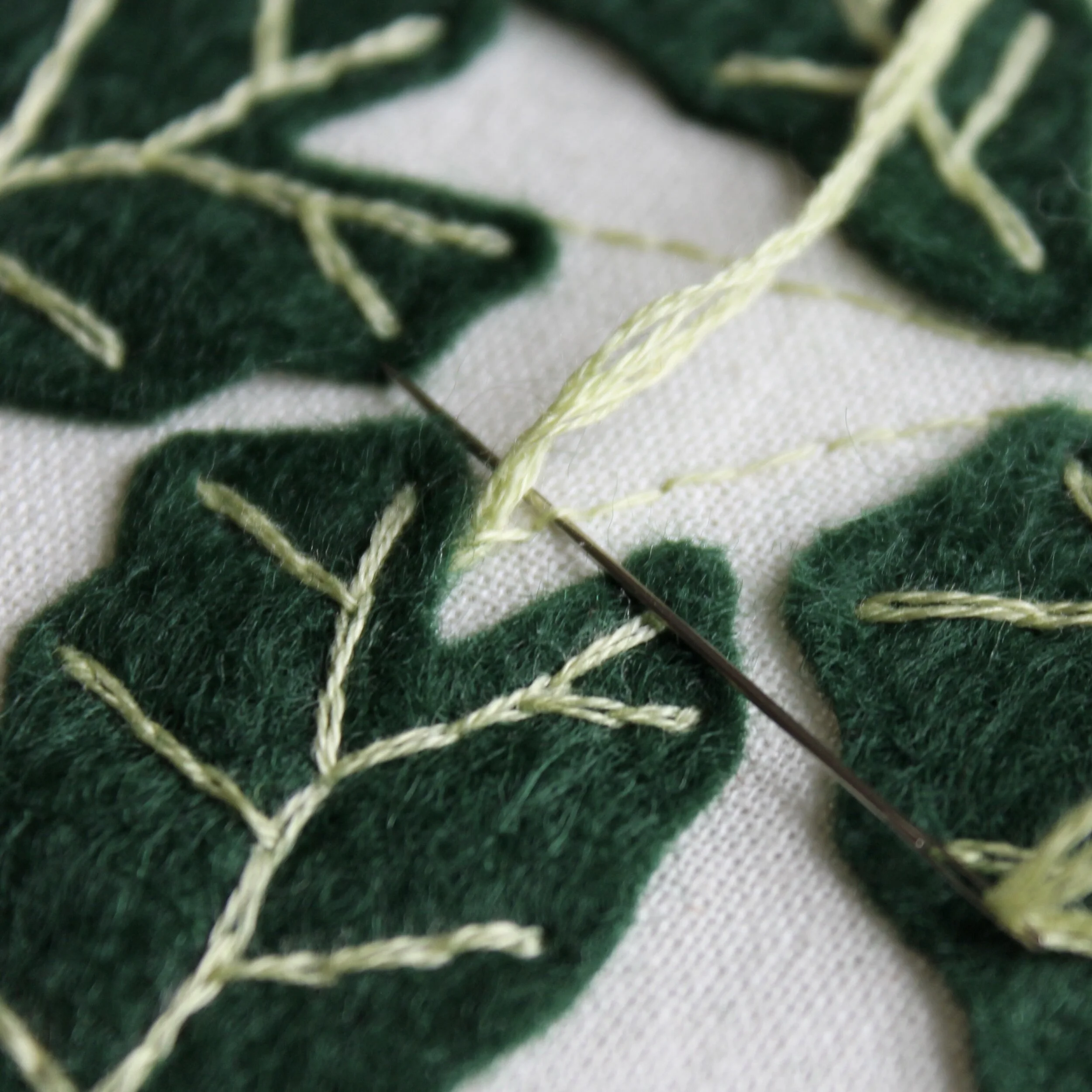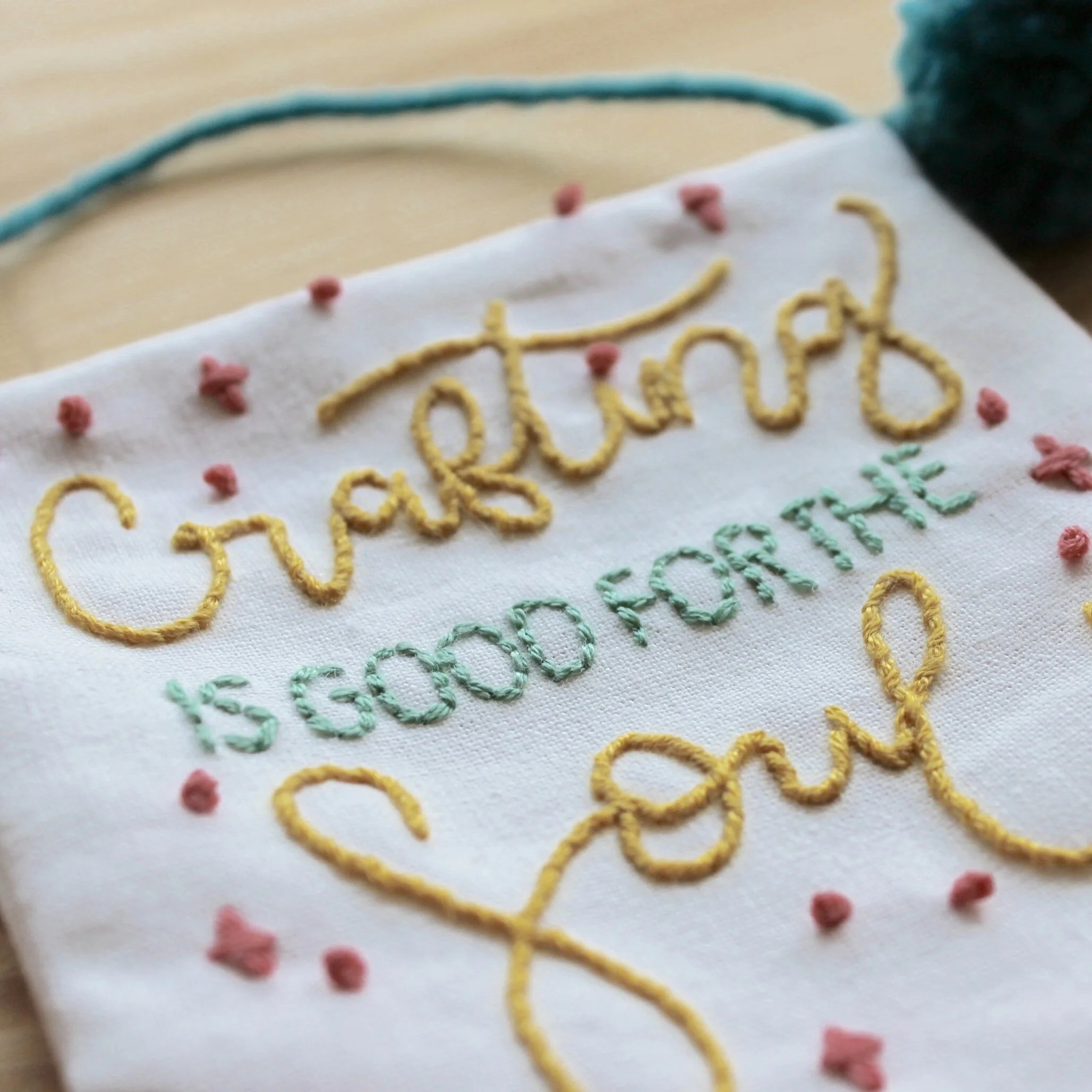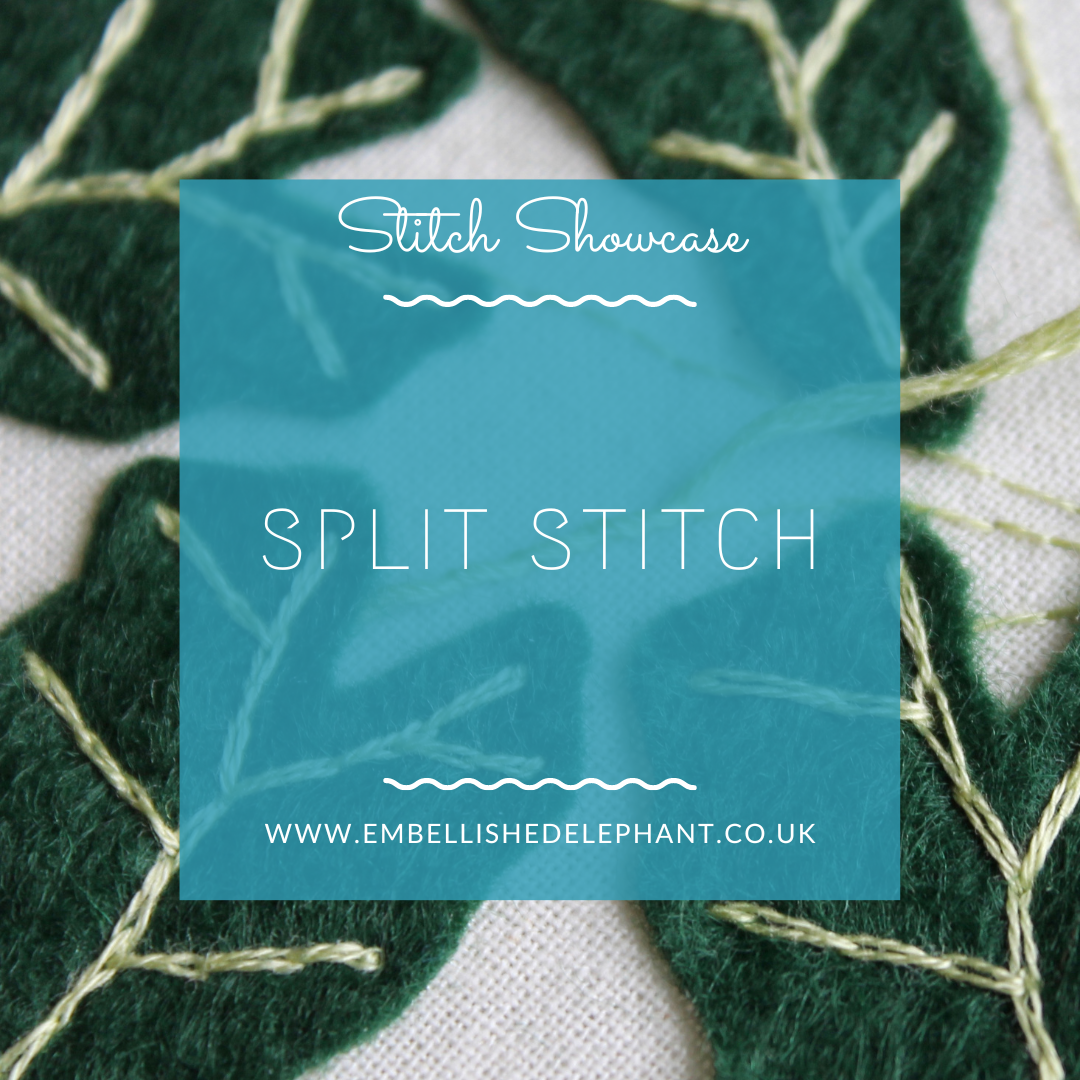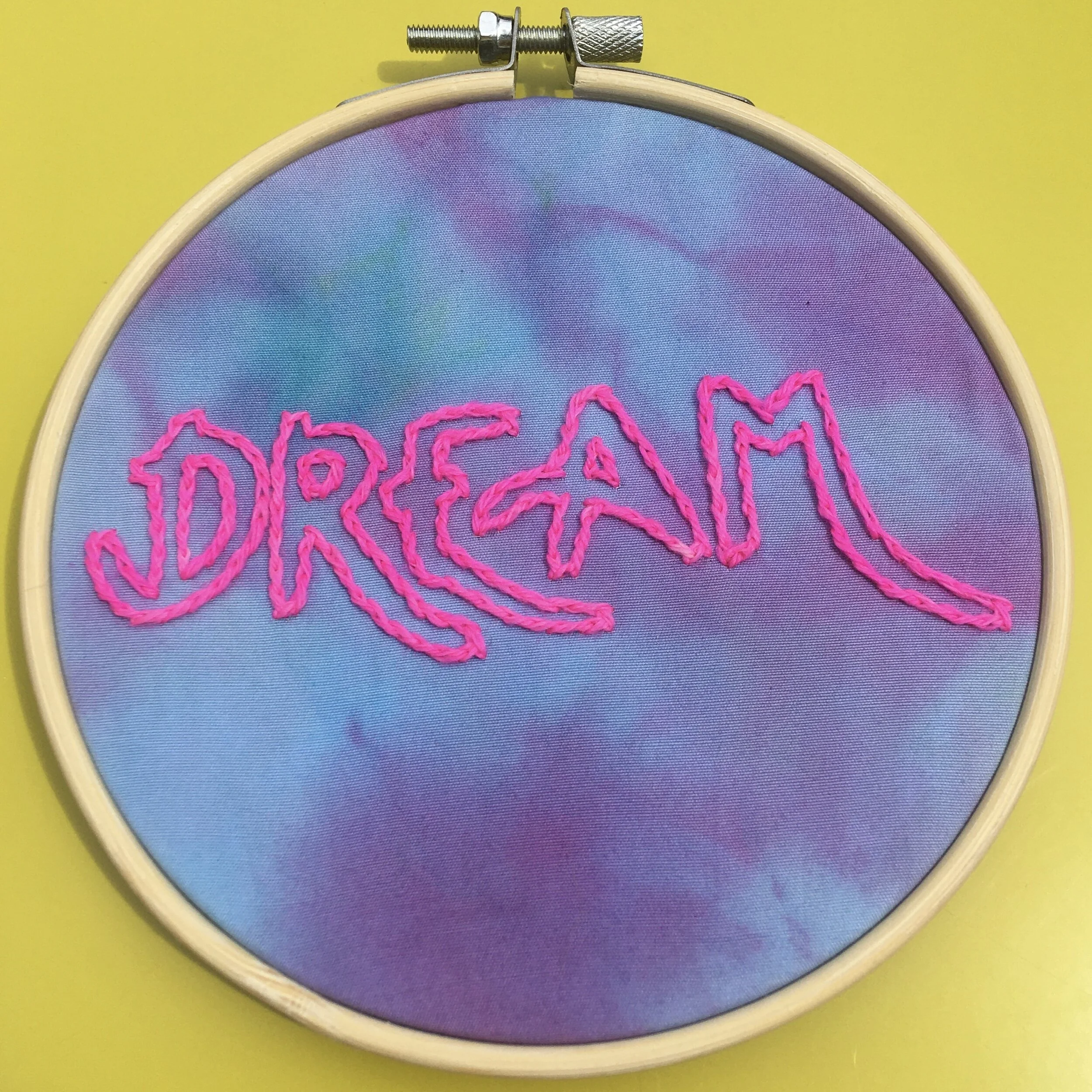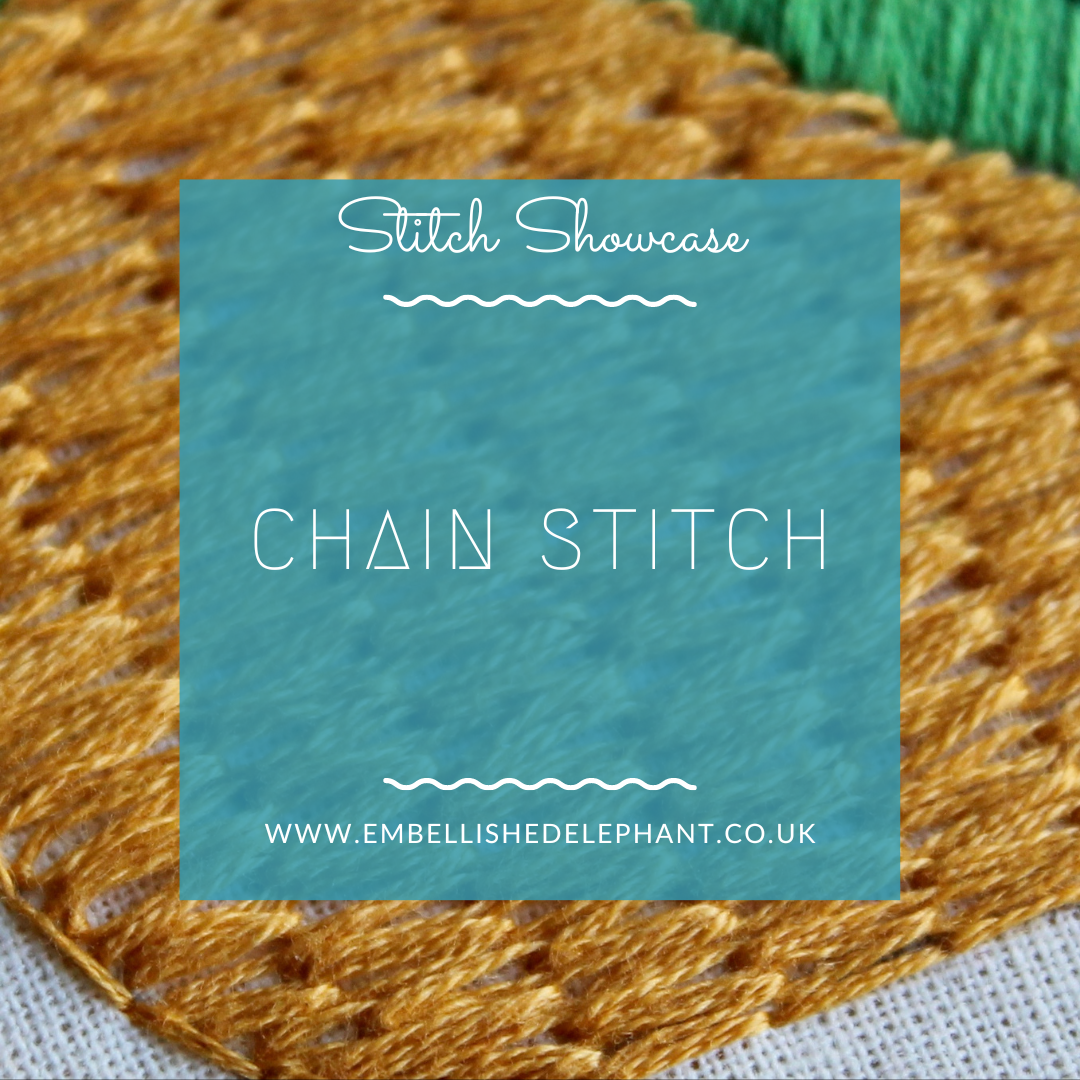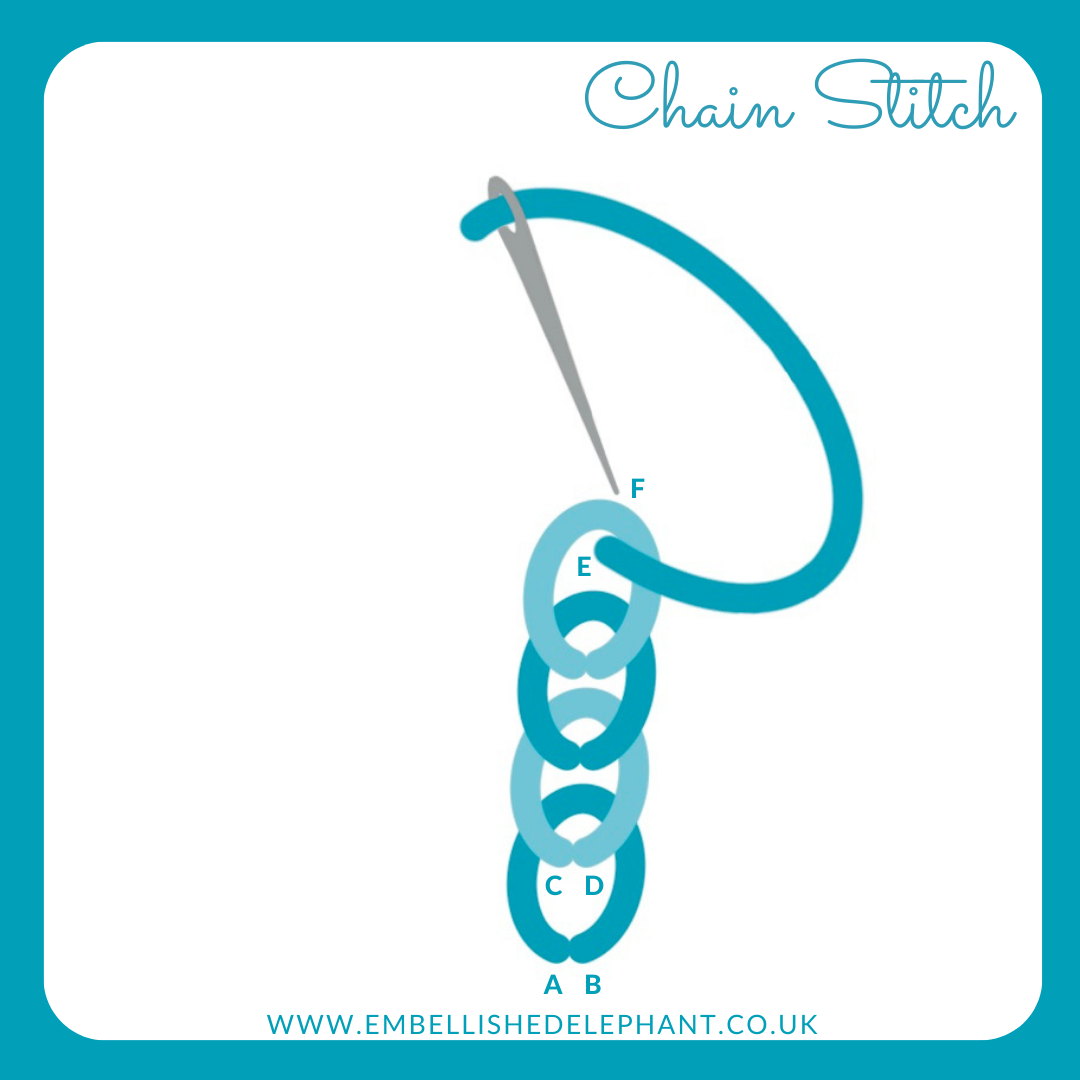My short answer is ‘it depends’. Traditionally satin stitch is used to fill an area with long flat stitches and doesn’t have any outline.
But it can be tricky to get a smooth edge to the filled area of satin stitch whatever your level of embroidery skill or experience. This is because of the way the pattern is placed on the thin warp and weft threads of the fabric. Generally when you create an embroidery stitch the needle pokes through the fabric in the little hole between the warp and weft threads. However, if your transferred pattern means that the ideal placement for the end of the stitch isn’t in one of these gaps it can be tricky to get the stitch in the exact place you need it to be. As a result you may get small patches of the edge of satin stitch that aren’t in the smooth line you were hoping for.
Stitching very short satin stitches can be particularly difficult to stitch as well, often resulting in an uneven edge (see the stems of the fuchsias below!)
Using an outline stitch covers up some of this unevenness to give a smooth looking finish. You can see below two fuchsia flowers, one with no outline and one outlined using a single strand of floss and split stitch. Which of the two do you prefer?

